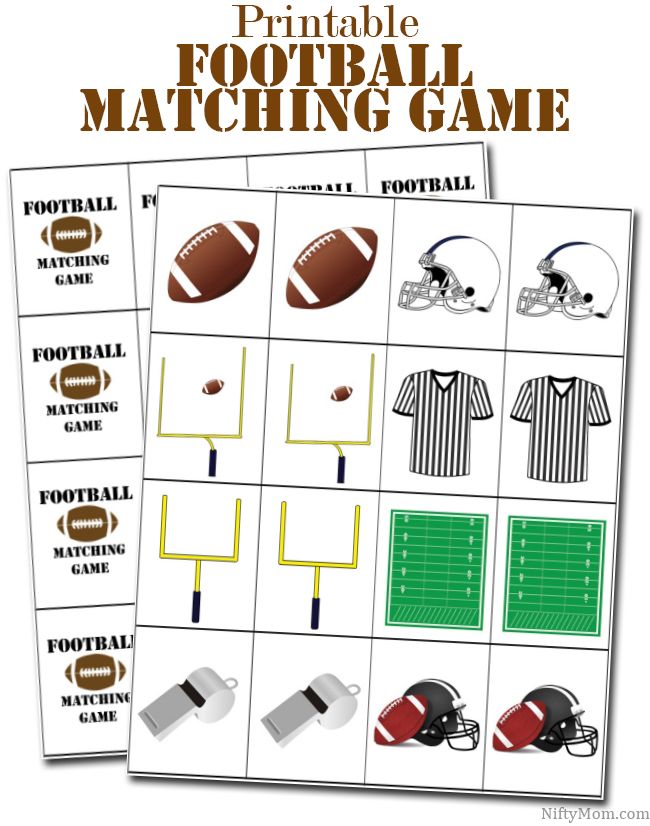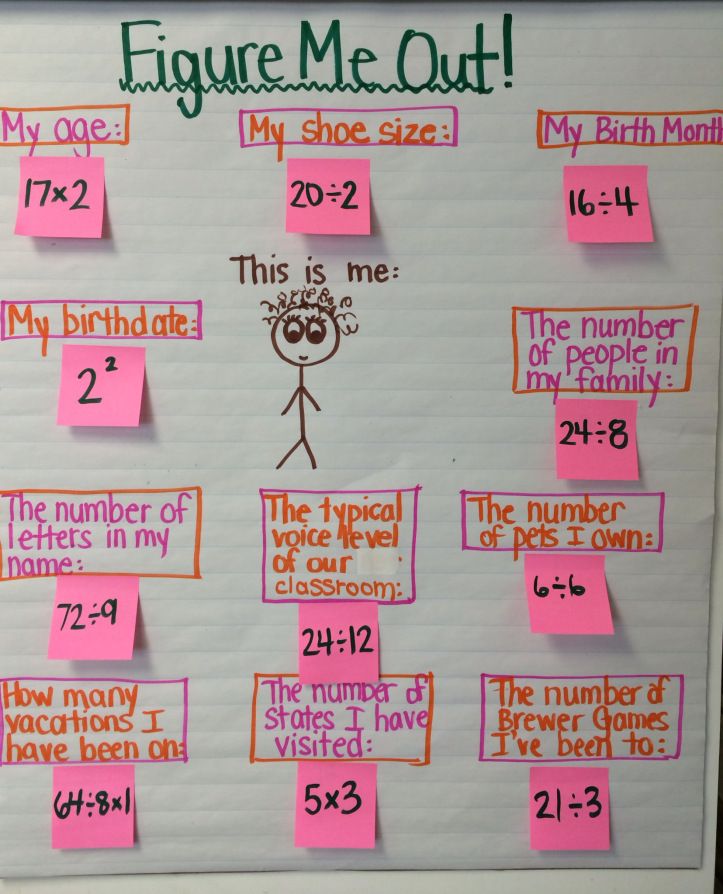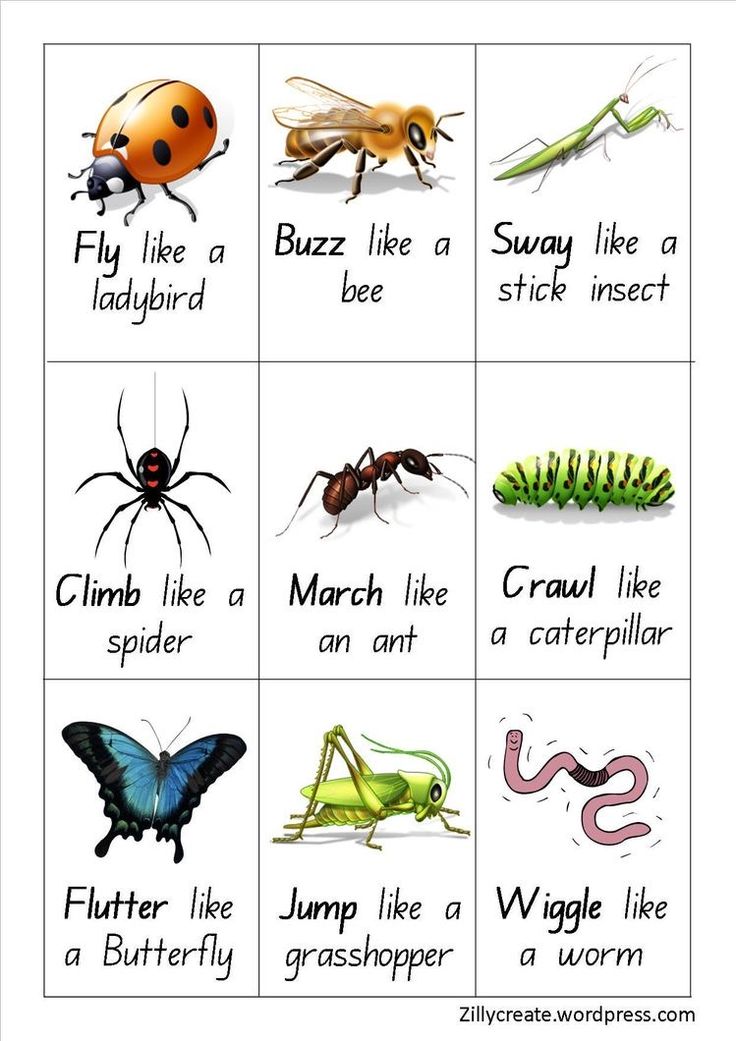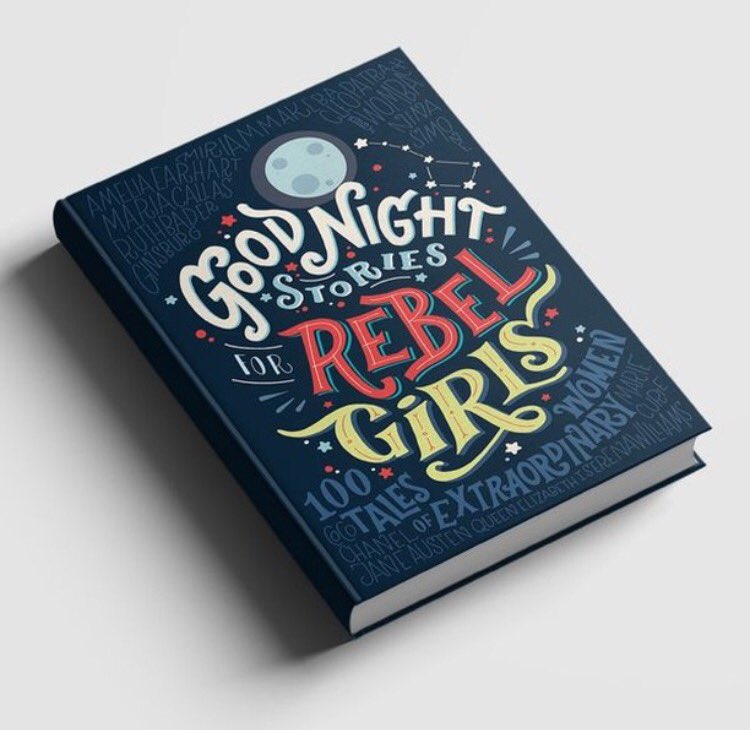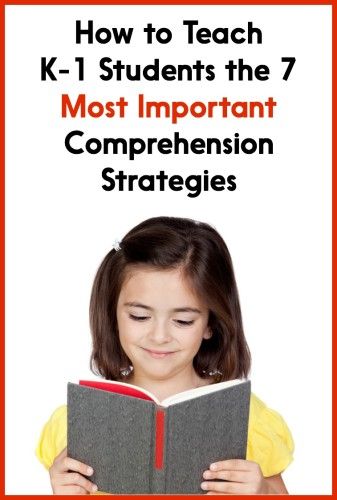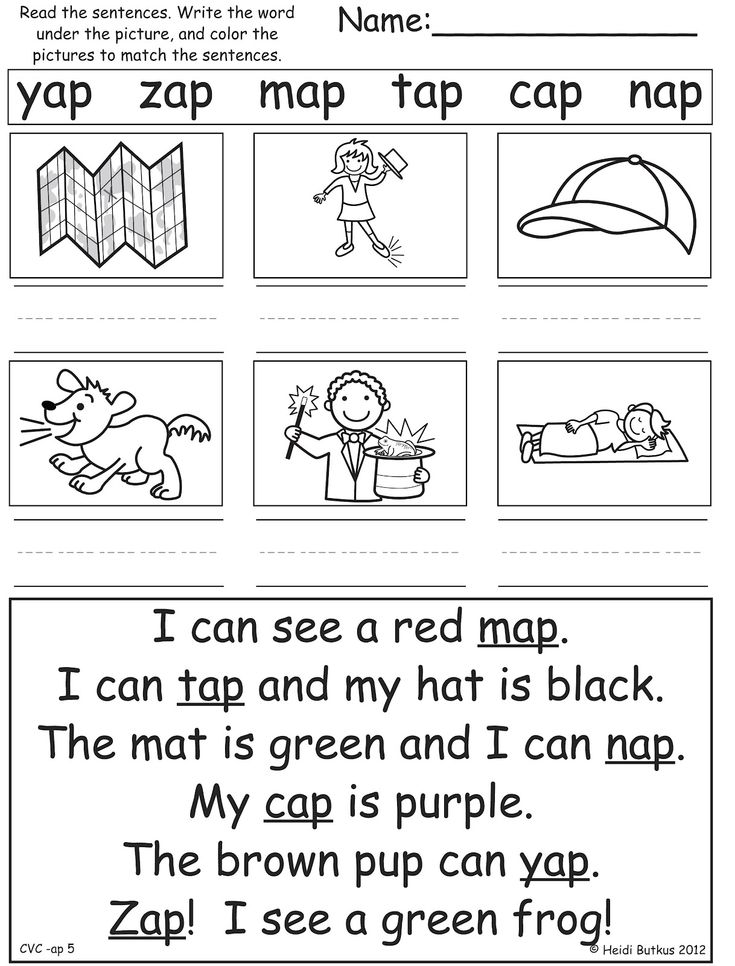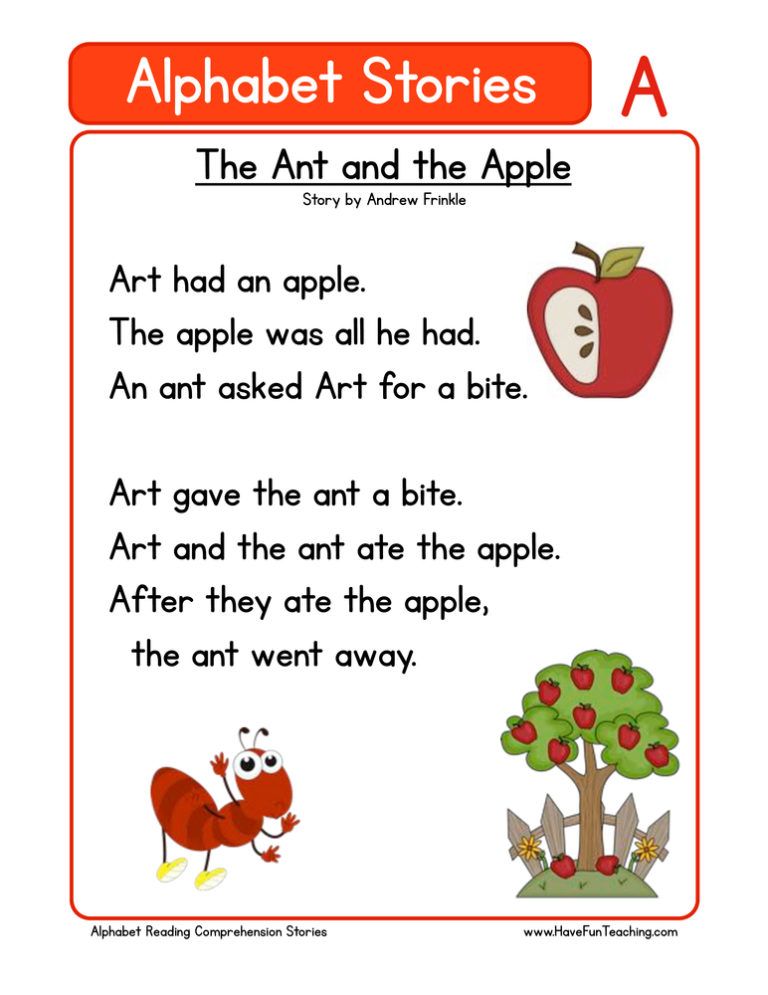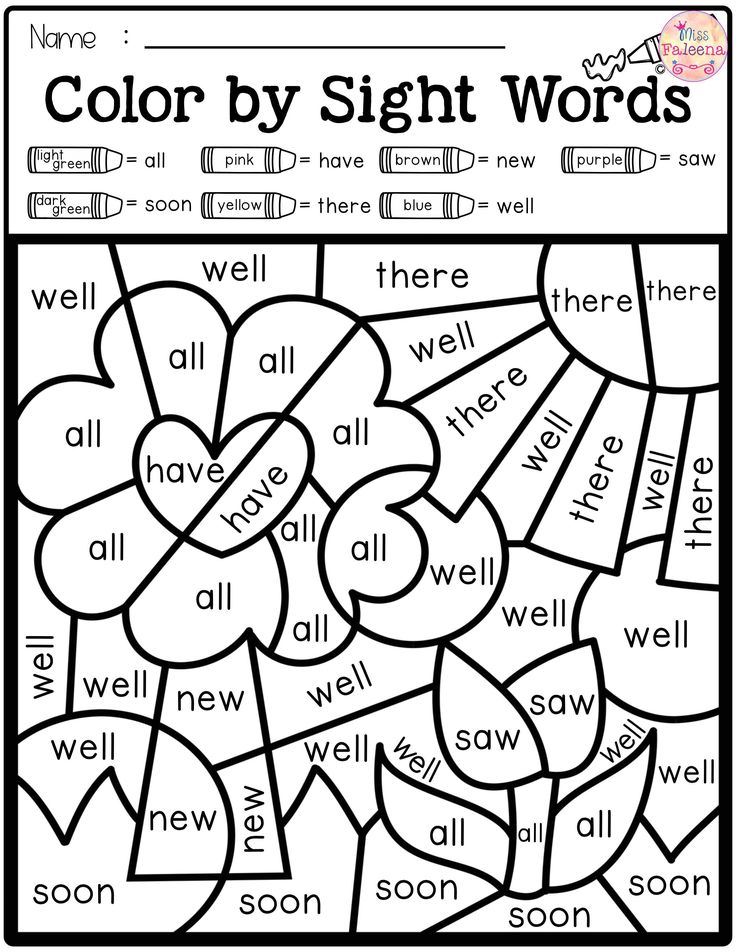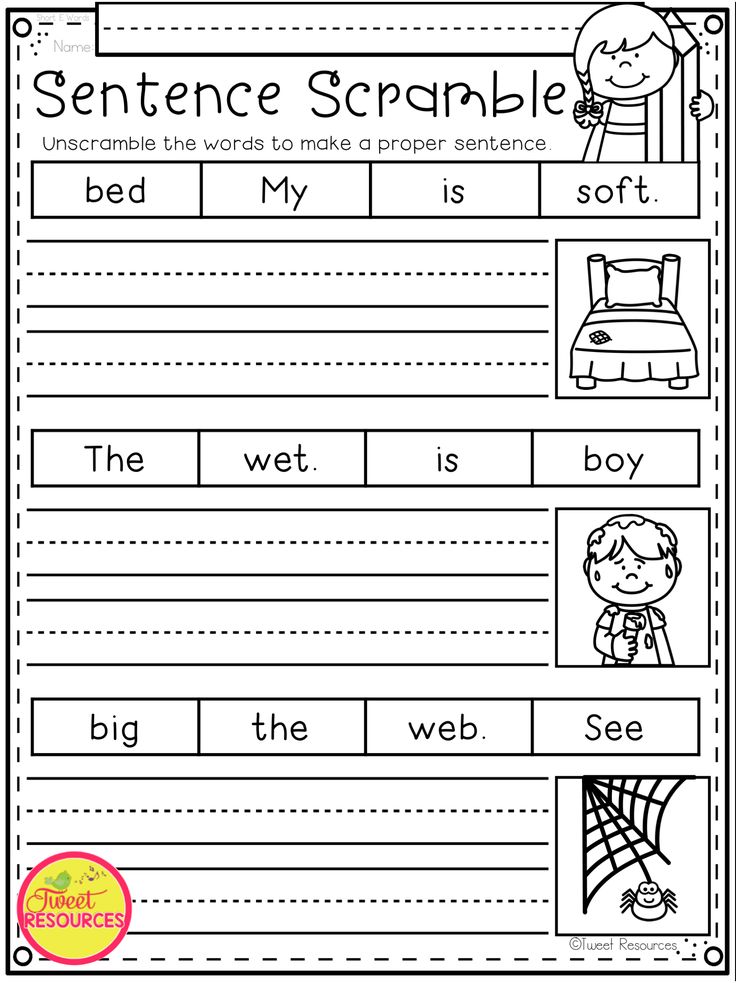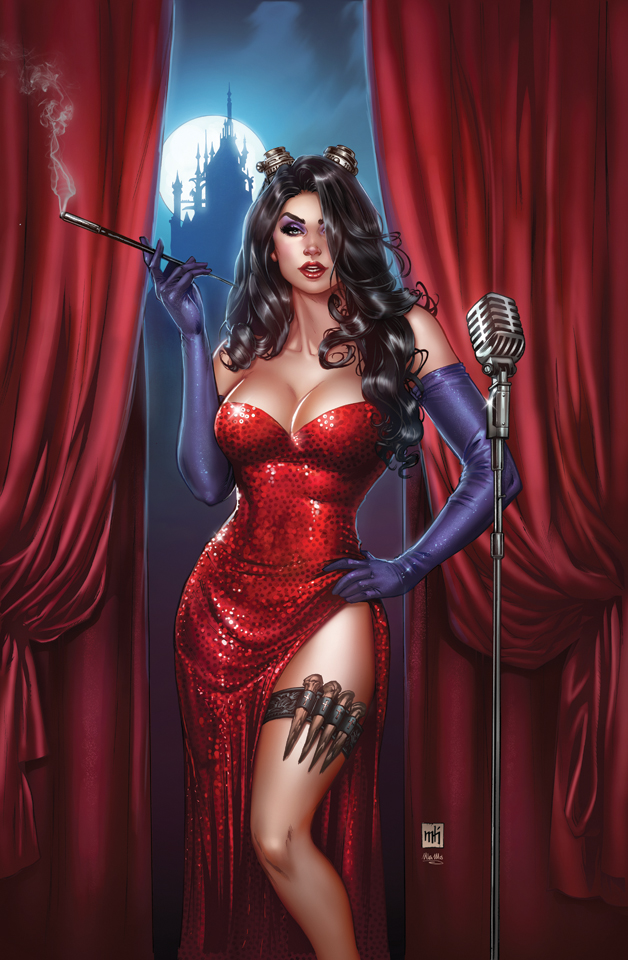Matching game ideas
17 Hands-On Matching Activities for Preschoolers
- Share
Matching is a vital skill to teach preschoolers and one that will affect their future ability to read.
Here are some fun, hands-on matching activities for preschoolers. Play them at home or at school.
What is a Matching Activity?
A matching activity is any activity or game that teaches the basic mental skill of matching – or finding something that is the same.
For a child to understand matching, they need to grasp the concepts of same and different.
Something only matches if it is identical or just the same as something else. A picture of an apple can be matched to another picture of an apple, but not to a real apple.
Children are able to start doing simple matching from around 2-and-a-half to 3 years, and they continue to build this skill through the preschool years.
Matching activities can take many forms – from searching for another identical block to make the tower taller, to weeding a vegetable patch and leaving only the lettuces in the soil.
Why is Matching Important for Preschoolers?
Learning to match is important because children must be able to discriminate between same and different before learning some of the more complex cognitive skills, such as finding common relations, grouping (sorting) and ordering (seriation and sequencing).
Matching is also a pre-reading skill. When children are learning to read at a later stage, they need to be able to observe small differences in letters such as b and d, or words like doom and wood.
How Do You Teach Preschoolers to Match?
You can teach preschoolers the concept of matching by using the correct terminology.
For example, ask your child:
- Is this just the same?
- Find me the one that is just the same.
- Show me the one that is different.
- Which one is not the same?
Play games and do activities where you match physical objects. Do not rush into doing matching worksheets as these activities are not as meaningful as physically matching concrete objects.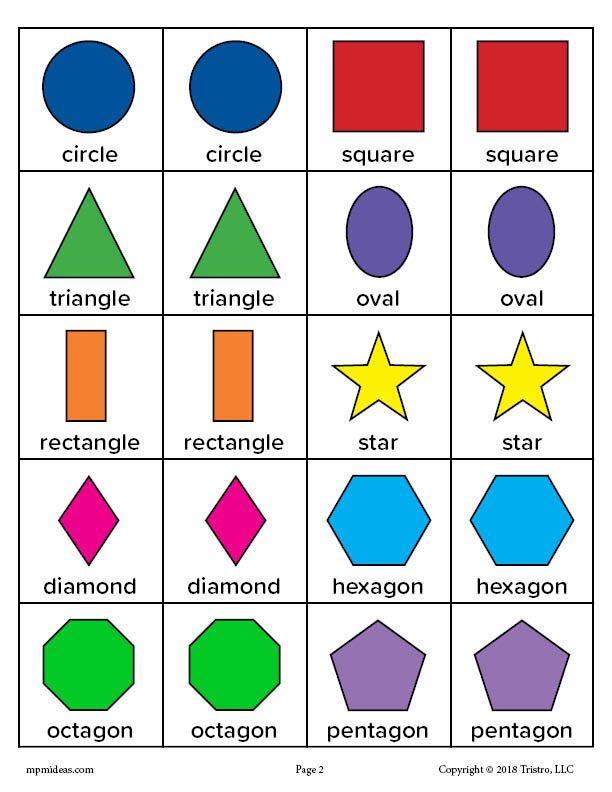
The best learning happens when you engage all the senses. Matching does not always need to be a visual activity – you can also match by sound, taste, smell and feel.
Once your child has learned to match actual items, introduce matching pictures and use worksheets much later.
Try the activities listed in this article, but don’t miss out on spontaneous, teachable moments that pop up in your day, as we often use matching in our day-to-day life.
17 Matching Activities for Preschoolers and Toddlers
Here are some simple, hands-on matching games and activities to engage all the senses.
1. Matching Socks
Take a few pairs of socks and mix them all up. For toddlers, start with 2 or 3 pairs only.
Get your child to pair up the matching socks. Older children can do this to a timer, then try to beat their time with another round.
2. Matching Card Games
Matching card games are found in most homes and preschools. They are made up of pairs of matching picture cards.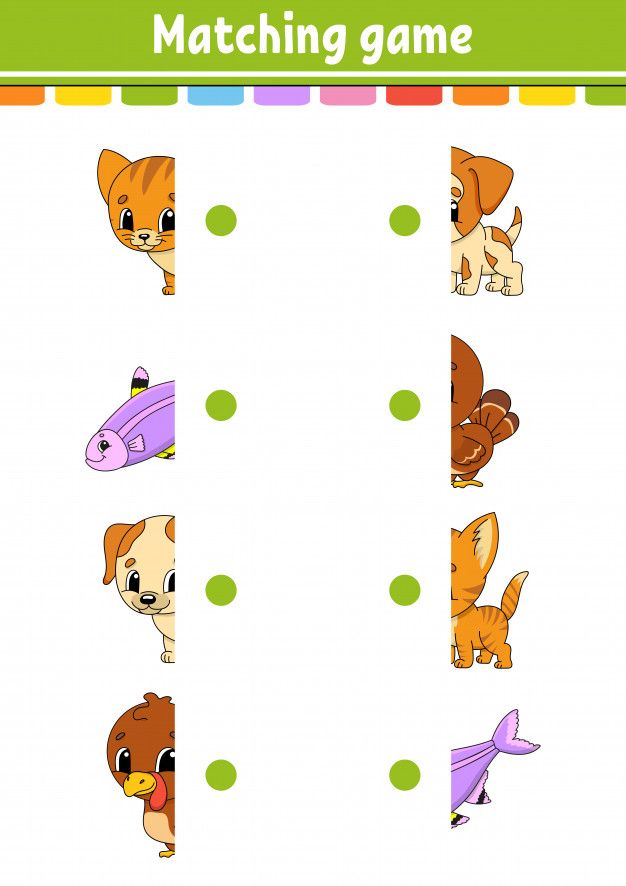
You can easily make your own by cutting a sheet of cardboard into squares and drawing or pasting matching pictures on them. Then, shuffle the cards and get your child to match them.
Give toddlers just a few pairs and older preschoolers multiple pairs.
Would you like a set of printable matching memory cards? Download your FREE set of printables at the end of the post!
These cards are also used to play a visual memory game.
3. Colour Match
Use or make little blocks of coloured paper in pairs. These can be covered in clear contact plastic and stored in a bag to use again later. (There are also some colour cards in the memory card game in the FREE set available at the end of the post).
Challenge your child to match the colours. Start toddlers on the primary colours and give preschoolers all 9 basic colours – red, green, blue, brown, yellow, orange, purple, black and white.
4. Match the Action
Stand facing your child or the class. Perform any action – such as putting one hand on your head and stamping your foot – and your child must copy the action.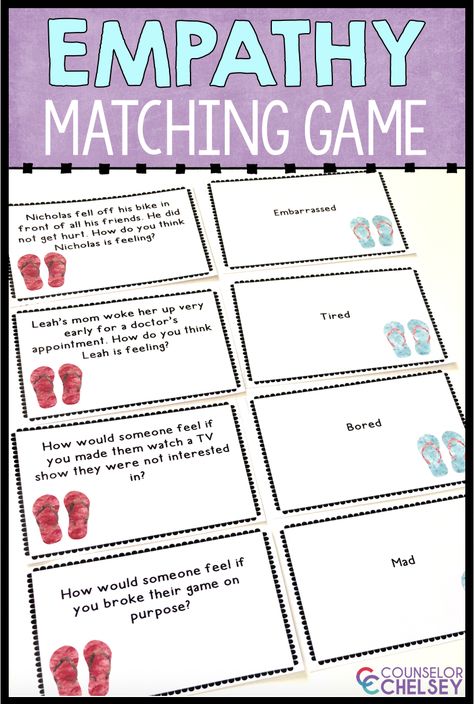
Then, swap roles and follow your child’s actions.
This is an opportunity to teach older children that your left side (arms, legs, etc.) is what they see to their right. This is a complex skill so it is ok if they just copy the action as they see it.
5. Matching Sound Jars
Use identical jars for this activity. They should not be transparent.
Fill the jars with pairs of various materials, such as 2 jars with beans, 2 jars with rice, 2 jars with lentils, etc.
Mix them and ask your child to shake them, matching the pairs together.
6. Match the Pattern
Make a simple pattern with blocks. For younger children, this could be 3 blocks in a row, for older children a more complex pattern such as 2 blue blocks, 1 red block, and 2 green blocks.
Your child must replicate the pattern.
7. Clapping Patterns
For this hand clapping game, you clap a simple pattern and your child must clap it back to you.
Alternate between less and more claps, long claps and quick claps in succession.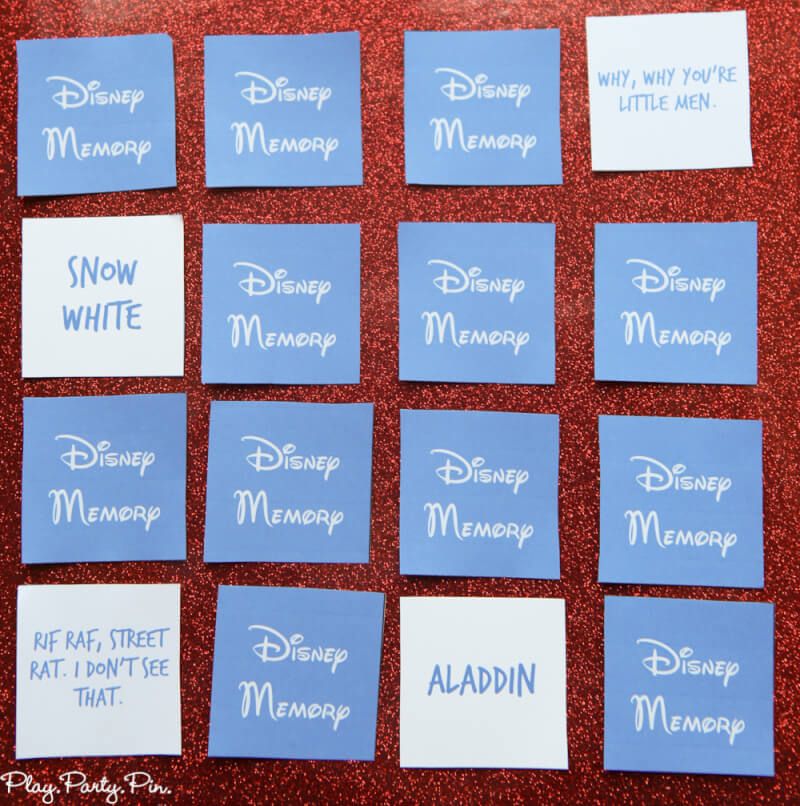
8. Weeding
Next time you are doing some gardening, get your child to help you weed the vegetable patch. He must take out anything that doesn’t look like the lettuce or whatever you have planted.
9. Pack Away
At tidy up time, instead of throwing all the blocks into a container, sort them and put all the blocks that are identical together.
Place all blue cubes in a row on the shelf, then all the red cubes, then the green cylinders, etc.
Children actually prefer using similar blocks during construction play and they will enjoy having the different types of blocks neatly visible.
10. Sticky Partners
Use a set of stickers that have multiples of the same sticker. Take one of each kind and stick it to a cupboard door or wall.
Your child must stick the matching stickers over the ones you have placed on the door.
11. Find Your Partner
This is best played in a classroom or when you have multiple children.
Place a sticker on each child’s hand.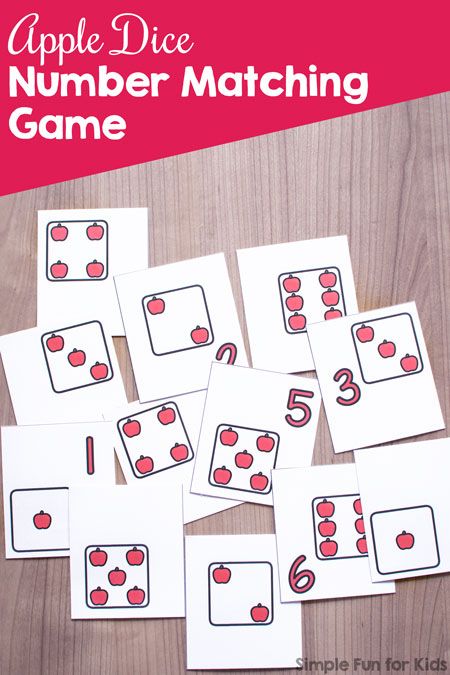 They must move around the class, finding the person who has a matching sticker on their hand.
They must move around the class, finding the person who has a matching sticker on their hand.
As the pairs find each other, they must sit down together so the remaining pairs can find each other.
12. Box Match
Print some pairs of pictures or draw some basic pictures and paste one of each onto a small box.
Give your child the other pictures and tell him to drop them into the box with the matching pictures.
13. Touch and Feel Bag
In a bag that you can’t see through, place a few pairs of matching items, such as 2 socks, 2 pencils and 2 oranges.
Your child must reach into the box and feel for the pairs and take them out, one pair at a time.
14. Choices
This is similar to the previous game but in this version, place one item in the bag (such as an orange) and show your child three items (an orange, a banana and a pear).
She must choose which fruit matches the one she can feel in her bag.
15. Matching Smells
This is great to try with toiletries.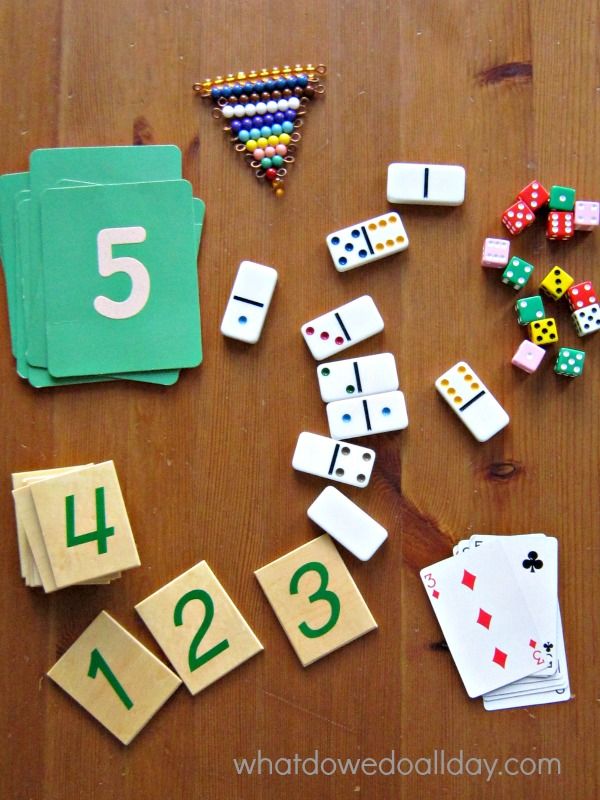 Give your child 2 or 3 pairs of items that smell and get him to match the ones that smell the same.
Give your child 2 or 3 pairs of items that smell and get him to match the ones that smell the same.
Try using different-smelling soap bars that look the same, or pour two different types of shower gels into small containers (2 of each kind).
16. Matching Tastes
For this activity, offer your child small pieces of different varieties of apples, or even citrus fruits that look the same, and ask him to match the ones that taste the same.
17. Matching Veggies
For this activity, give your child small cut-up pieces of vegetables that have the same colour, such as white veggies (turnips, potatoes, onions) or orange veggies (butternut squash, pumpkin, carrots).
Your child must match the veggies that are the same by looking carefully at the textures and variations in colour.
Sources:
Hendrick, H. 1990. Total Learning: Developmental Curriculum for the Young Child. Third Edition. Macmillan Publishing Company: New York.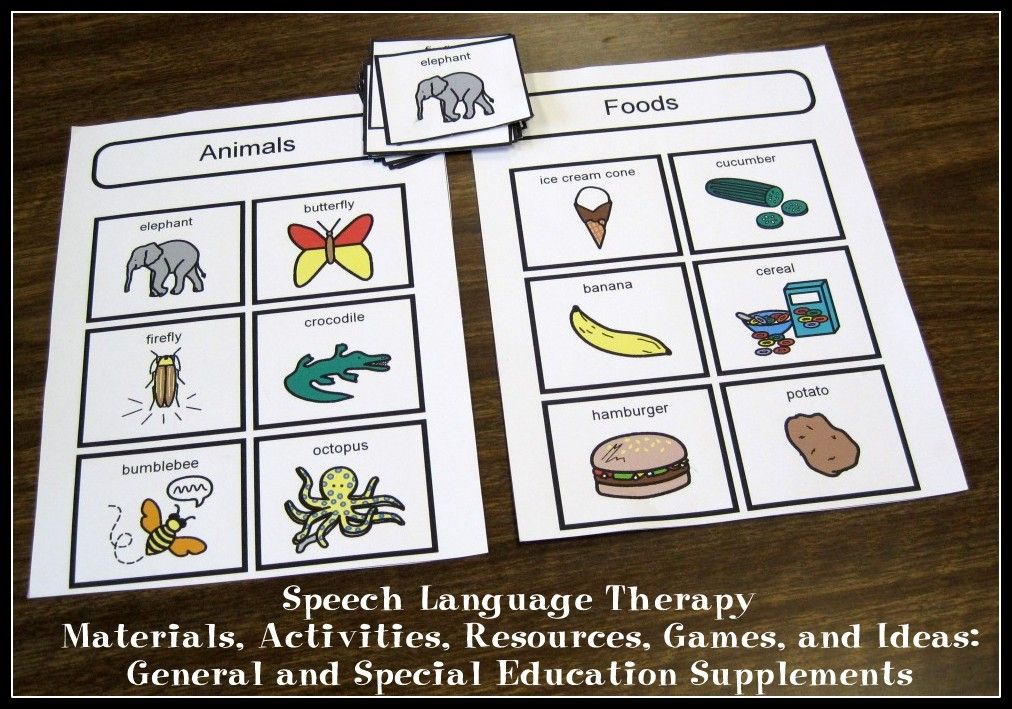
Kuffner, K. 2008. The Toddler’s Busy Book. Meadowbrook Press : Minnesota.
Get FREE access to Printable Puzzles, Stories, Activity Packs and more!
Join Empowered Parents + and you’ll receive a downloadable set of printable puzzles, games and short stories, as well as the Learning Through Play Activity Pack which includes an entire year of activities for 3 to 6-year-olds.
Access is free forever.
Signing up for a free Grow account is fast and easy and will allow you to bookmark articles to read later, on this website as well as many websites worldwide that use Grow.
- Share
20 Exciting Matching Games for Kids
This matching game is for our youngest learners and it doubles as a sensory toy. All you need are 2 egg cartons and some small nonhazardous toys that match. For example 2 pom poms, 2 Legos, 2 small toys, etc.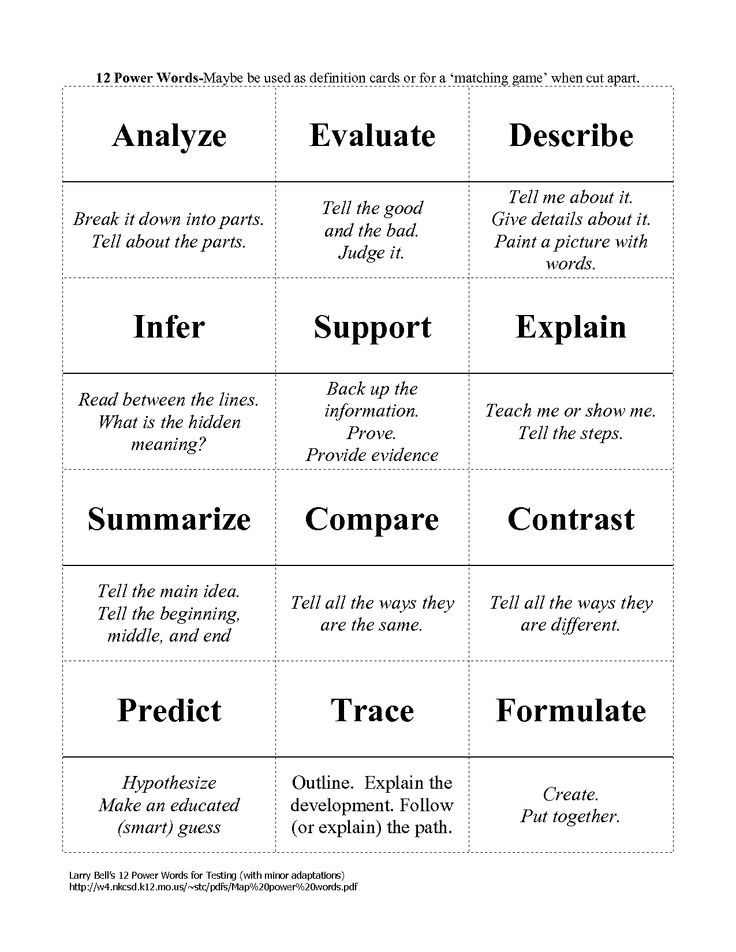 .. put them in a big bowl and children have to look for the pairs and put them in the egg cartons in pairs.
.. put them in a big bowl and children have to look for the pairs and put them in the egg cartons in pairs.
Learn more: Hands On As We Grow
6. Printable Matching Games Every theme
With this website, you can find any matching game with every theme. Wonderful matching card games. Just print it out and stick it to construction paper to make it sturdy. Laminate them for permanent use.
Learn more: Education
7. Nature Rock- Matching Game
Get outdoors and collect some medium size rocks. Using markers, draw designs on the rocks. Play outdoors or in a big area and have the kids turn over the rock and try to match the pictures. This is a fun sensory game as well.
Learn more: Active Littles
8. Dinosaur Matching Game
This is a great pre-school activity. First match the pictures, then practice drawing lines. If you laminate the cards they can use whiteboard markers and do it again and again.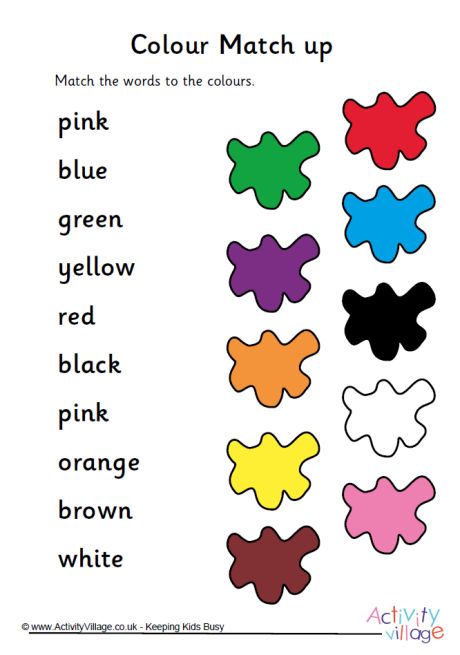 You can print out pictures for any theme.
You can print out pictures for any theme.
Learn more: Taming Little Monsters
9. Everyday word association matching game
Children love matching and they feel a great sense of achievement. It is important at a young age they can associate objects with places and then with words. This is a pre-reading skill. This website has loads of educational material that is fun and didactic. Fun learning makes minds grow.
Learn more: Twinkl
10. Candyland Matching Game
Candyland is a classic game, and it involves learning how to play board games and lots of matching. We all loved playing it and boy did it make us hungry for snacks and candy. This is a DIY to make your own candy land and you can decide to have some healthy munchies or go all out with the treats.
Learn more: Evin Photography
11. Playing Matching Games with Poker Cards
You don't have to spend a lot of money on a cartoon or matching game for kids.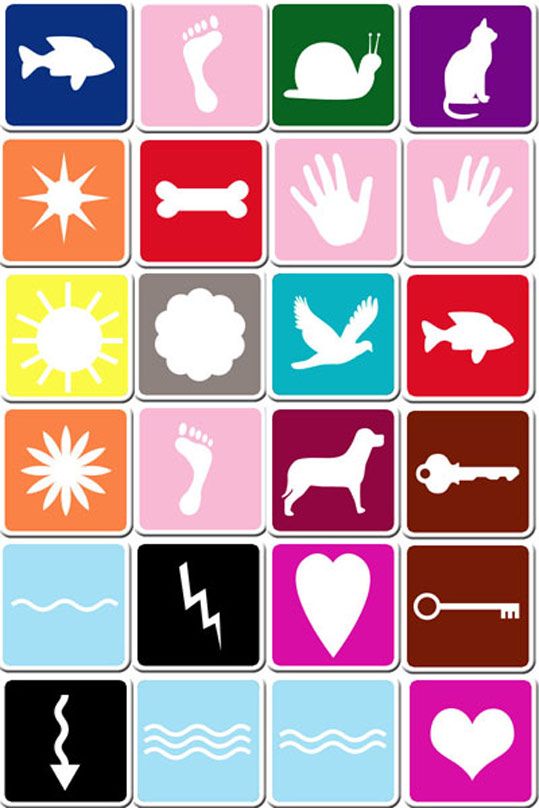 You can play a matching game with a deck of Poker cards and there are a lot of variations. This site has a counting and matching game as well as pair games and pairs memory games. Have fun with the whole family.
You can play a matching game with a deck of Poker cards and there are a lot of variations. This site has a counting and matching game as well as pair games and pairs memory games. Have fun with the whole family.
12. Homeschooling Rocks!
Whether you go to private, or public or you are homeschooled, these matching games are great for inside and outside classroom play. Easy to print and play with all the different themes.
Learn more: Homeschool Giveaways
13. Math Matching Games Online
If you want to increase your math skills then this is the site to check out. Grades 1st-6th are and fun-filled packed with learning excitement. There is a great game with multiplication tables, and pairs game and will help develop math skills in children.
Learn more: Math Play
14. Tropical Animals Matching
This game can be played alone or with an elderly relative. It's a fun online matching game with beautiful pictures.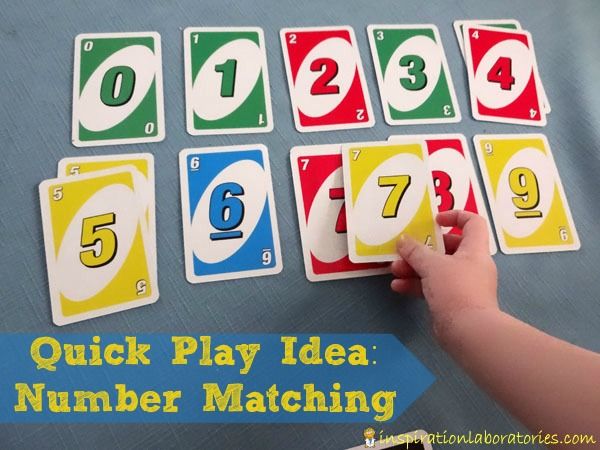 More than 50 exotic animals to choose from and tropical scenes. Very relaxing game. Great for young children and seniors.
More than 50 exotic animals to choose from and tropical scenes. Very relaxing game. Great for young children and seniors.
Learn more: Memozor
15. Animal Peg Puzzles
Ideas for active games on the playground and in the country
Active outdoor entertainment improves coordination and agility, develops reaction and quick wits, and also cheers you up! What games to offer children during the summer holidays?
At the city playground or while relaxing in the country, offer your child one of the outdoor games that you can play with the whole family or by inviting friends to participate!
"Forbidden movement"
First, a leader is selected, followed by the players at a fairly fast pace in a chain and repeating all movements, except for one agreed in advance (for example, it is forbidden to jump or raise their hands up). The one who made a mistake becomes the end of the chain. The most attentive player who made the fewest mistakes in several "rounds" wins.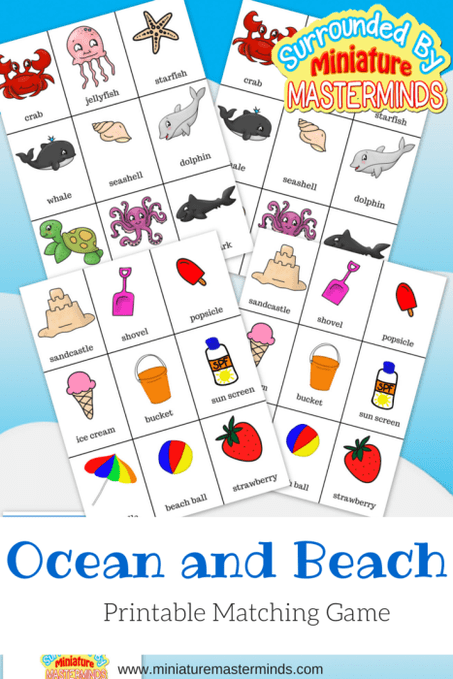
"Cones, acorns, nuts"
Participants are divided into teams of three people each and agree on which of the three will be a cone, who will be an acorn, and who will be a nut. As soon as the host shouts: "Cones!" - each "bump" runs to another team. The leader's task is to have time to take any free place. The one who is late will drive in the next round.
"Houses"
Draw circles on the ground with chalk on the asphalt or with a stick - there must be one less than the total number of players. At the command of the host, everyone runs to the "houses". The player who did not get the mug becomes the leader.
"Owl"
For the game, a leader and an "owl" are chosen, the rest of the participants become birds. When the host announces that it is daytime, the players run freely around the playground and have fun, and the owl is sleeping. As soon as "night" comes, the birds should freeze in place, and the owl that went hunting should grab those who have moved. The last bird left wins.
The last bird left wins.
"Fishing"
Players stand in a circle (these are fish), in the center is an adult leader (fisherman). He takes a light rope by one end and begins to unwind it at a distance of 10-15 cm from the ground. The task of the "fish" is not to get caught in the net, that is, to jump over the rope. The one who gapes is out. Wins, respectively, the most jumping participant. Please note that the rope needs to be really light and soft, so that if the child does not have time to jump, he will not be hurt.
"Border guards and paratroopers"
Participants are divided into lone paratroopers and border guards. The latter move only in a chain, holding hands. At the signal of the leader, paratroopers begin to run around the site, and a detachment of border guards - to catch them. The one around whom the catchers close the ring is considered caught
"Traffic light"
On the playing field at a distance of five meters from each other, draw two parallel lines. Participants stand on one of them, and the leader - in the center of the field, with his back to the players. Water names some color. If the player has clothes of this color, he remains in place, if not, he runs across to the opposite side, and the leader tries to catch him. The one who is caught becomes the leader. At the same time, repeating colors and changing clothes behind the leader is prohibited.0004
Participants stand on one of them, and the leader - in the center of the field, with his back to the players. Water names some color. If the player has clothes of this color, he remains in place, if not, he runs across to the opposite side, and the leader tries to catch him. The one who is caught becomes the leader. At the same time, repeating colors and changing clothes behind the leader is prohibited.0004
"Crocodile"
The guys are divided into two teams: the players of one of them guess the word and show it with pantomime, the participants of the other try to guess. You can play for speed (who guesses faster), or you can play for points (in several rounds). It is better to choose words that are simple and understandable to all children, otherwise the game “Broken phone” will turn out.
For 3-4-year-old players, Crocodile should involve from 5 people to seven players (including an adult), for older preschoolers - from 4 people.
“I was born a gardener…”
Each participant assigns himself some kind of flower — rose, chamomile, cornflower… The task of the players is to remember who is who.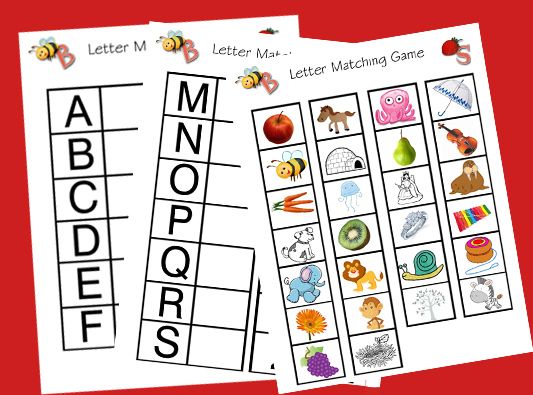 The host says: “I was born a gardener, I was seriously angry: I was tired of all the flowers, except ...” - for example, hyacinth. "Hyacinth" responds: "Oh!" - "What happened to you?" - "In love!" - "In whom?" Let's say rose. Now the "rose" should yell and name the next flower - and this continues until everyone gets bored. It is better to play "Gardener" with a company of at least four people.
The host says: “I was born a gardener, I was seriously angry: I was tired of all the flowers, except ...” - for example, hyacinth. "Hyacinth" responds: "Oh!" - "What happened to you?" - "In love!" - "In whom?" Let's say rose. Now the "rose" should yell and name the next flower - and this continues until everyone gets bored. It is better to play "Gardener" with a company of at least four people.
“Broken phone”
The first player thinks of a word and whispers it into the ear of the second. He quickly conveys what he heard to the third - and further along the chain. As a rule, the initial and final versions of the word rarely coincide - to everyone's fun.
"Edible - inedible"
Participants stand in a circle. The first player throws the ball to one of the friends and at the same time names some object. If this "object" can be eaten, the child catches the ball, in turn calls the word and throws the ball to the next player.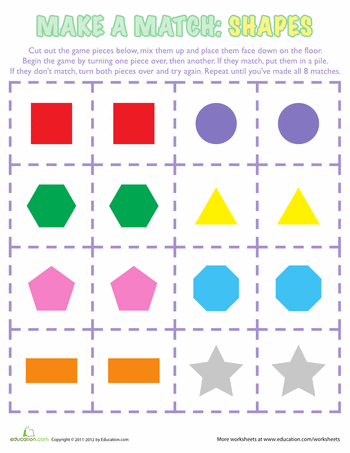 If it was about something inedible, you just need to hit the ball.
If it was about something inedible, you just need to hit the ball.
“I know five names…”
In the classic version, this is a game for one or two people — the ball is minted on the ground, and for each hit it is called by name. But you can also play with a group! Everyone stands in a circle and, throwing the ball to each other, name names. Who hesitated - he lost. By the way, in the process of this game, you can quickly learn the days of the week or months.
Word games • Arzamas
You have Javascript disabled. Please change your browser settings.
Children's room ArzamasMaterialsMaterials
Arzamas for classes with schoolchildren! A selection of materials for teachers and parents
Everything you can do in an online lesson or just for fun
Cartoons are festival winners. Part 2
Fairy tales, parables, experiments and absurdity
Guide to Yasnaya Polyana
Leo Tolstoy's favorite bench, greenhouse, stable and other places of the museum-estate of the writer that are worth seeing with children
Oberiut children's poems
Kharms, Vvedensky, Zabolotsky and Vladimirov about cats, tigers, fishermen and boys named Petya
Migrants: how to fight for your rights with the help of music
Hip-hop, carnival and other non-obvious talking drums ways
Old records: fairy tales of the peoples of the world
Listening and analyzing Japanese, Italian, Scandinavian and Russian fairy tales
Video: ISS commander asks a scientist about space
Lecture at an altitude of 400 kilometers
How to make a movie
Horror, comedy and melodrama at home
The most unusual animation techniques
VR, cartoons of sunbeams, jelly and spices
Play the percussion instruments of the world
, learn howgimba and a drum, and gather your orchestra
How to put on a performance
Shadow theater, reading and other options for a home performance for children
Soviet puzzles
Solve children's puzzles 1920-70s
22 cartoons for the little ones
What to watch if you are under six
From "Wild Dog Dingo" to "Timur and his team"
What you need to know about the main Soviet books for children and teenagers
A Guide to Children's Poetry of the 20th Century
From Agnia Barto to Mikhail Yasnov: Children's Poems in Russian
10 Artists' Books
Tracing paper pages are Milanese fog, and binding is the border between reality and fantasy
How to choose a modern children's book
"Like Pippi, only about love": explaining new books through old ones
Word games
"Hat", "telegrams", "MPS" and other old and new games
Games from classic books
What the heroes of the works of Nabokov, Lindgren and Milne play
Plasticine animation: Russian school
From "Plasticine Crow" to plasticine "Sauska"
Cartoons - winners of festivals
Courageous Mom, My Strange Grandpa, A Very Lonely Rooster and others
Non-fiction for children
How a whale’s heart beats, what’s inside a rocket and who plays the didgeridoo — 60 books about the world around
Guide to foreign popular music
200 artists, 20 genres and 1000 songs that will help you understand the music of the 1950s-2000s
Cartoons based on poems
Poems by Chukovsky, Kharms, Gippius and Yasnov in Russian animation
Home games
Shadow theater, crafts and paper dolls from children's books and magazines of the 19th-20th centuries
Books for the smallest
Modern literature from 0 to 5: read, look at, study
Puppet animation: Russian school 9004
Crow in Love, Devil No. 13, Lyolya and Minka and other old and new cartoons
13, Lyolya and Minka and other old and new cartoons
Smart coloring books
Museums and libraries offer to paint their collections
Reprints and reprints of children's books
Favorite fairy tales, stories and magazines of the last century, which you can buy again
What you can hear in classical music
Steps on ice, the voice of the cuckoo and the sounds of the night forest in the great compositions of the 18th–20th centuries
Soviet educational cartoons
Archimedes , dinosaurs, Antarctica and space - popular science cartoons in the USSR
Logic problems
Settle the wise men's dispute, make a bird out of a shirt and count the kittens correctly
Modern children's stories
The best short stories about grandmothers, cats, spies and knights
How Russian lullabies work
We explain why a spinning top is scary and why you shouldn't lie down on the edge. Bonus: 5 lullabies by Naadya
Musical fairy tales
How Tchaikovsky, Rimsky-Korsakov and Prokofiev work with the plots of children's fairy tales
Armenian School of Animation
The most rebellious cartoons of the Soviet Union
The Dina Goder Cartoon Collection
The Program Director of the Big Cartoon Festival advises what to watch with your child
Cartoons about art
How to tell children about Picasso, Pollock and Tatlin using animation
40 fire and who has a sieve in his nose: riddles from "Chizh", "Hedgehog" and books by Marshak and Chukovsky
Yard games
"Traffic light", "Shtander", "Kolechko" and other games for a large company
Poems that are interesting to learn by heart
What to choose if you were asked to learn a poem about mother, New Year or autumn
Old audio performances for children
Ole Lukoye, Gray Sheika, Cinderella and other interesting Soviet Recordings
Cartoons with classical music
How animation works with the music of Tchaikovsky, Verdi and Glass
How children's rhymes work
“Ene, bene, slave, kvanter, manter, toad”: what does it all mean
"Hat", "telegrams", "MPS" and other games that require almost nothing but company and a desire to have a good time
Author Lev Gankin
Primer “A.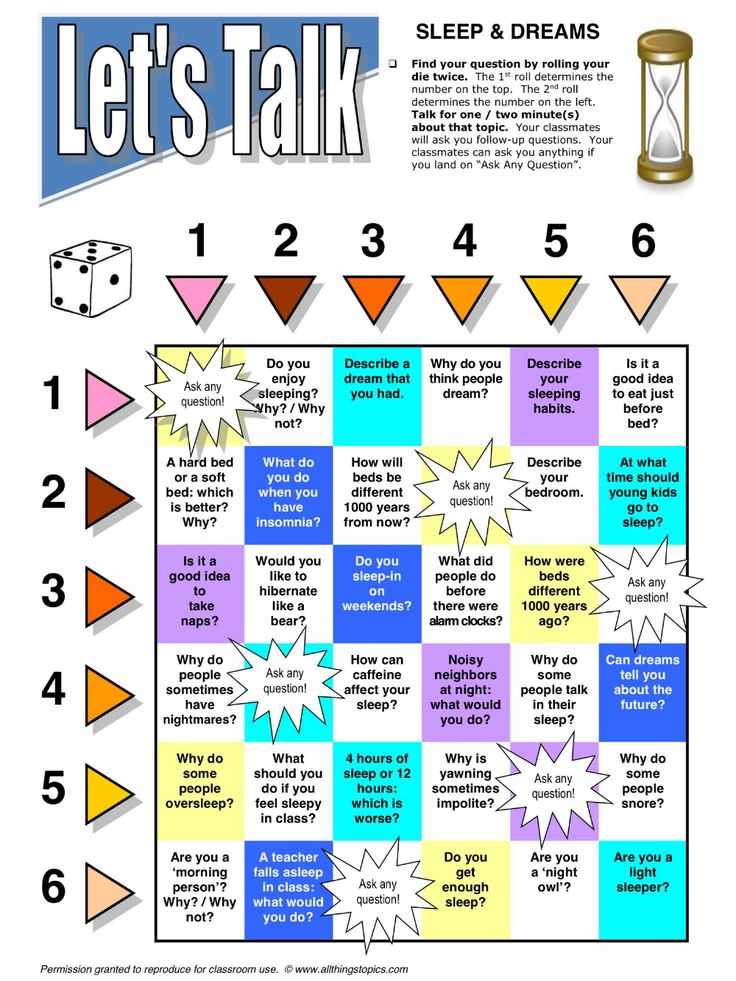 B. C. Trim, alphabet enchanté. Illustrations by Bertal. France, 1861 Wikimedia Commons
B. C. Trim, alphabet enchanté. Illustrations by Bertal. France, 1861 Wikimedia Commons Oral games
Associations
Game for a big company. The host briefly leaves the room, during which time the rest decide which of those present they will guess (this may be the host himself). Upon returning, the player asks the others questions - what flower do you associate this person with, what vehicle, what part of the body, what kitchen utensils, etc. - in order to understand who is hidden. Questions can be very different - this is not limited by anything other than the imagination of the players. Since associations are an individual matter and an exact match may not happen here, it is customary to give the guesser two or three attempts. If the company is small, you can expand the circle of mutual acquaintances who are not present at that moment in the room, although the classic version of "associations" is still a hermetic game.
Game of P
A game for a company of four people, an interesting variation on the "hat" theme (see below), but does not require any special accessories. One player guesses a word to another, which he must explain to the others, but he can only use words starting with the letter "p" (any, except for the same root). That is, the word "house" will have to be explained, for example, as follows: "I built - I live." If you couldn’t guess right away, you can throw up additional associations: “building, premises, space, the simplest concept ...” And at the end add, for example, “Perignon” - by association with Dom Perignon champagne. If the guessers are close to winning, then the facilitator will need comments like “about”, “approximately”, “almost right” - or, in the opposite situation: “bad, wait!”. Usually, after the word is guessed, the explainer comes up with a new word and whispers it into the ear of the guesser - he becomes the next leader.
One player guesses a word to another, which he must explain to the others, but he can only use words starting with the letter "p" (any, except for the same root). That is, the word "house" will have to be explained, for example, as follows: "I built - I live." If you couldn’t guess right away, you can throw up additional associations: “building, premises, space, the simplest concept ...” And at the end add, for example, “Perignon” - by association with Dom Perignon champagne. If the guessers are close to winning, then the facilitator will need comments like “about”, “approximately”, “almost right” - or, in the opposite situation: “bad, wait!”. Usually, after the word is guessed, the explainer comes up with a new word and whispers it into the ear of the guesser - he becomes the next leader.
Lectures for children on this topic:
Course of lectures for children about the languages of the world
How many languages in the world, how do they differ and how are they similar to each other
Course of lectures for children about strange and new words of the Russian language
Why do linguists study jargon, parasitic words and speech errors
Primer "A.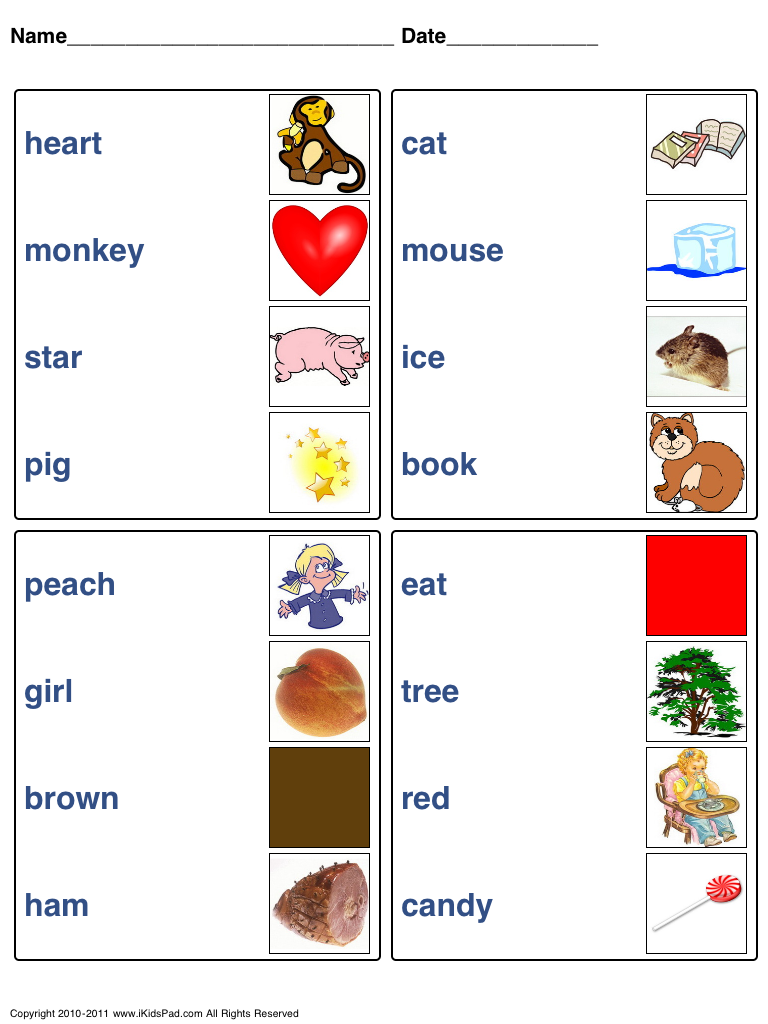 B. C. Trim, alphabet enchanté. Illustrations by Bertal. France, 1861 Wikimedia Commons
B. C. Trim, alphabet enchanté. Illustrations by Bertal. France, 1861 Wikimedia Commons Say the Same Thing
An upbeat and fast-paced game for two, named after a video clip by the inventive rock band OK Go, from which many people learned about it (the musicians even developed a mobile application that helps to play it from a distance, although it is currently unavailable). The meaning of the game is that on the count of one-two-three each of the players pronounces a randomly chosen word. Further, the goal of the players is, with the help of successive associations, to come to a common denominator: for the next time, two or three, both pronounce a word that is somehow connected with the previous two, and so on until the desired coincidence occurs. Suppose the first player said the word "house" and the second player said the word "sausage"; in theory, they can coincide very soon, if on the second move after one-two-three both say "store". But if one says “shop”, and the other says “refrigerator” (why not a sausage house?), then the game can drag on, especially since it’s impossible to repeat - neither the store nor the refrigerator will fit, and you will have to think, say, before "refrigerator" or "IKEI".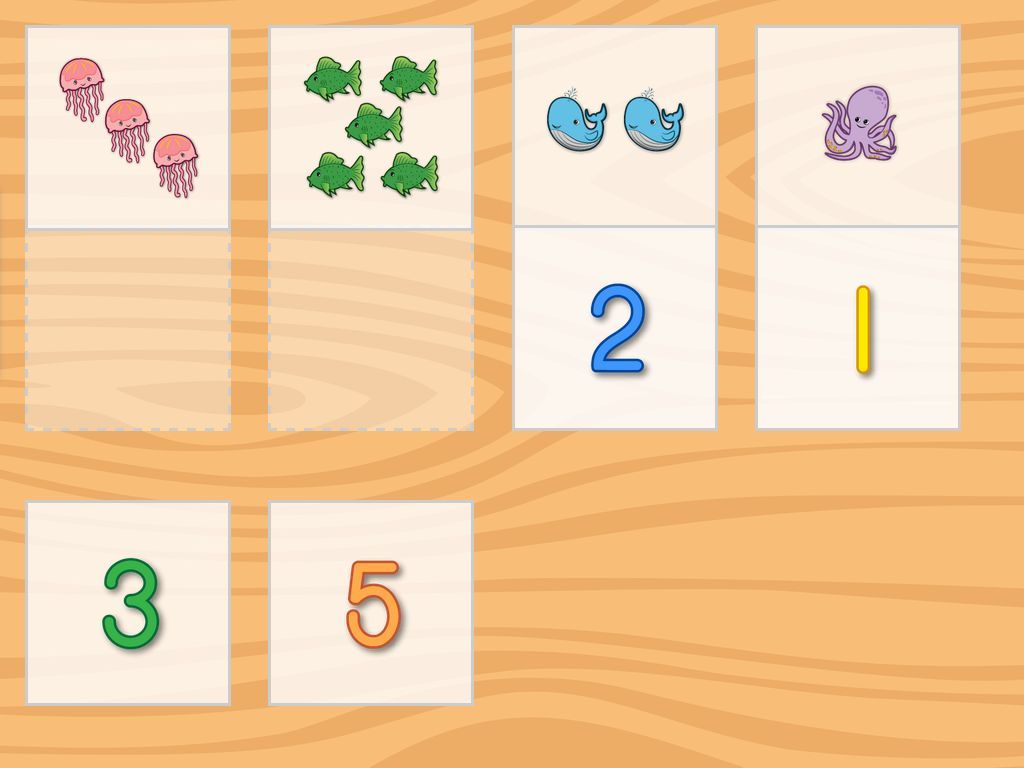 If the original words are far from each other (for example, "curb" and "weightlessness"), then the gameplay becomes completely unpredictable.
If the original words are far from each other (for example, "curb" and "weightlessness"), then the gameplay becomes completely unpredictable.
Characters
A game for the company (the ideal number of players is from four to ten), which requires from the participants not only a good imagination, but also, preferably, a little bit of acting skills. As usual, one of the players briefly leaves the room, and while he is gone, the rest come up with a word, the number of letters in which matches the number of participants remaining in the room. Next, the letters are distributed among the players, and a character is invented for each of them (therefore, words that contain "b", "s" or "b" do not fit). Until the word is guessed, the players behave in accordance with the chosen character - the leader's task is to understand exactly what characters his partners portray and restore the hidden word. Imagine, for example, that a company consists of seven people. One leaves, the rest come up with a six-letter word "old man" and distribute roles among themselves: the first, say, will be with indoor, the second - t erpel, the third - a secondary, the fourth - p asylum, the fifth - and mane and sixth - to ovary.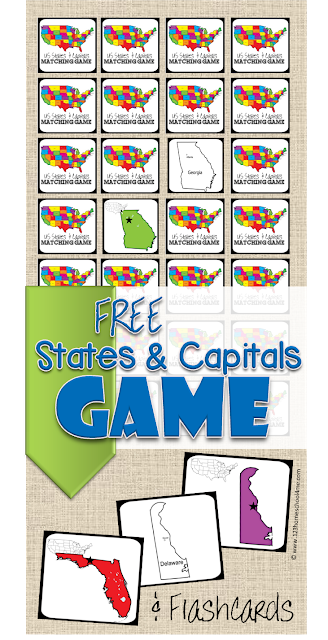 The returning player is greeted by a cacophony of voices - the company "lives" their roles until they are unraveled, and the host asks the players questions that help reveal their image. The only condition is that as soon as the presenter pronounces the correct character - for example, guesses the insidious one - he must admit that his incognito has been revealed and announce the number of his letter (in the word "old man" - the sixth).
The returning player is greeted by a cacophony of voices - the company "lives" their roles until they are unraveled, and the host asks the players questions that help reveal their image. The only condition is that as soon as the presenter pronounces the correct character - for example, guesses the insidious one - he must admit that his incognito has been revealed and announce the number of his letter (in the word "old man" - the sixth).
Recognize the song
A game for a company of four to five people. The host leaves, and the remaining players choose a well-known song and distribute its words among themselves - each word. For example, the song “Let there always be sun” is guessed: one player gets the word “let”, the second - “always”, the third - “will be”, the fourth - “sun”. The host returns and begins to ask questions - the most varied and unexpected: "What is your favorite city?", "Where does the Volga flow?", "What to do and who is to blame?".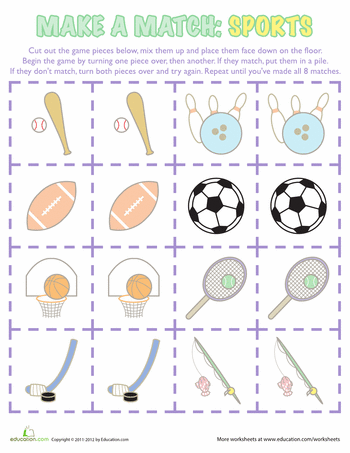 The task of the respondents is to use their own word in the answer and try to do it in such a way that it does not stand out too much; you need to answer quickly and not very extensively, but not necessarily truthfully. Answers to questions in this case can be, for example, “It’s hard for me to choose one city, but let today it will be Rio de Janeiro" or "Volga - into the Caspian, but this does not happen always , every third year it flows into the Black". The presenter must catch which word is superfluous in the answer and guess the song. They often play with lines from poetry rather than from songs.
The task of the respondents is to use their own word in the answer and try to do it in such a way that it does not stand out too much; you need to answer quickly and not very extensively, but not necessarily truthfully. Answers to questions in this case can be, for example, “It’s hard for me to choose one city, but let today it will be Rio de Janeiro" or "Volga - into the Caspian, but this does not happen always , every third year it flows into the Black". The presenter must catch which word is superfluous in the answer and guess the song. They often play with lines from poetry rather than from songs.
Tip
A game for four people divided into pairs (in principle, there can be three or four pairs). The mechanics is extremely simple: the first player from the first pair whispers a word (a common noun in the singular) into the ear of the first player from the second pair, then they must take turns calling their associations with this word (in the same form - common nouns; cognate words cannot be used ).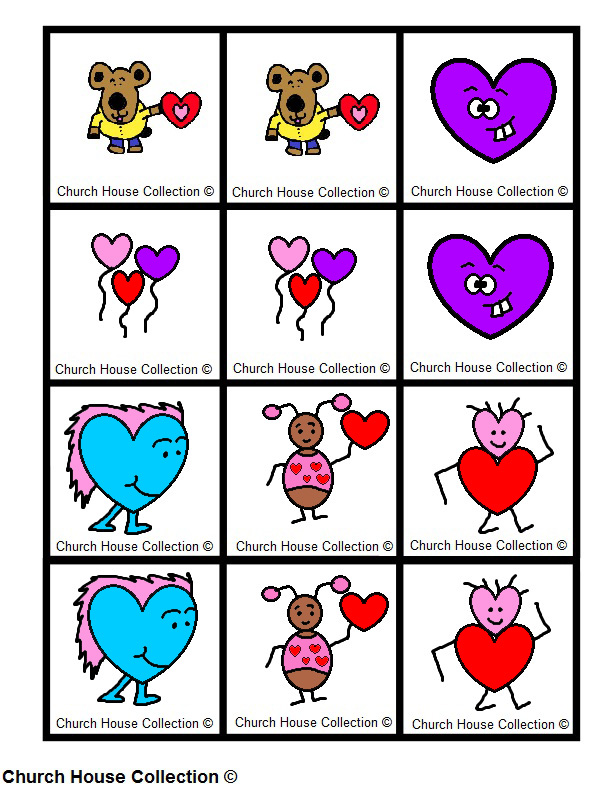 After each association, the teammate of the player who voiced it calls out his word, trying to guess if it was originally guessed - and so on, until the problem is solved by someone; at the same time, all associations already sounded in the game can be used in the future, adding one new one at each move. For example, suppose there are players A and B on one team, and C and D on the other. Player A whispers the word "old man" into player C's ear. Player C says aloud to his partner D: "age". If D immediately answers "old man", then the pair of C and D scores a point, but if he says, for example, "youth", then the move goes to player A, who, using the word "age" suggested by C (but discarding the irrelevant to the case "youth" from D), says to his partner B: "age, man." Now B will probably guess the old man - and his team with A will already earn a point. But if he says "teenager" (thinking that it is about the age when boys turn into men), then C, to whom the move suddenly returned, will say " age, man, eightieth birthday”, and here, probably, “old man” will be guessed.
After each association, the teammate of the player who voiced it calls out his word, trying to guess if it was originally guessed - and so on, until the problem is solved by someone; at the same time, all associations already sounded in the game can be used in the future, adding one new one at each move. For example, suppose there are players A and B on one team, and C and D on the other. Player A whispers the word "old man" into player C's ear. Player C says aloud to his partner D: "age". If D immediately answers "old man", then the pair of C and D scores a point, but if he says, for example, "youth", then the move goes to player A, who, using the word "age" suggested by C (but discarding the irrelevant to the case "youth" from D), says to his partner B: "age, man." Now B will probably guess the old man - and his team with A will already earn a point. But if he says "teenager" (thinking that it is about the age when boys turn into men), then C, to whom the move suddenly returned, will say " age, man, eightieth birthday”, and here, probably, “old man” will be guessed.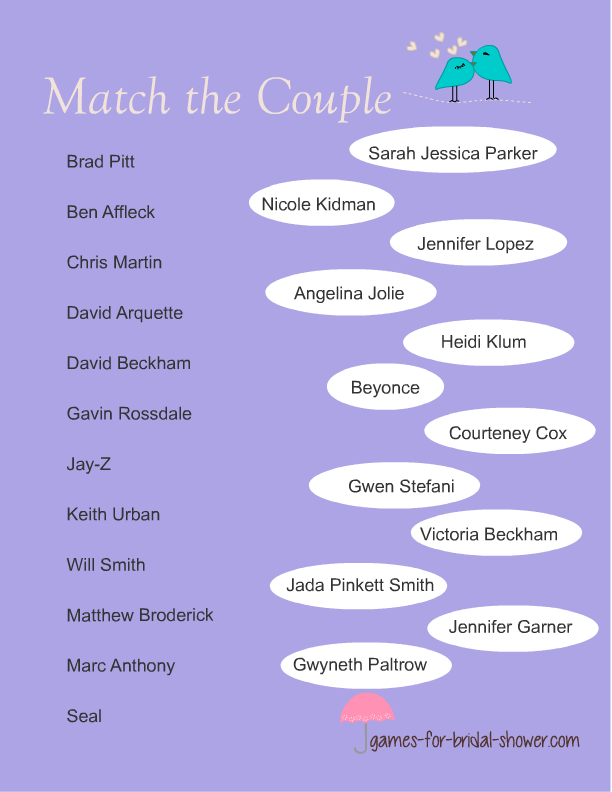 In one of the variants of the game, it is also allowed to "shout": this means that, having suddenly guessed what was meant, the player can shout out the option not on his turn. If he guessed right, his team will get a point, but if he rushed to conclusions, the team will lose a point. They usually play up to five points.
In one of the variants of the game, it is also allowed to "shout": this means that, having suddenly guessed what was meant, the player can shout out the option not on his turn. If he guessed right, his team will get a point, but if he rushed to conclusions, the team will lose a point. They usually play up to five points.
IPU
Game for a big company. Here we are forced to warn readers that, having seen this text in full, you will never be able to drive again - the game is one-time.
Spoiler →
First, the player who gets to drive leaves the room. When he returns, he must find out what MPS means - all that is known in advance is that the bearer of this mysterious abbreviation is present in the room right now. To find out the correct answer, the driver can ask other players questions, the answers to which should be formulated as “yes” or “no”: “Does he have blond hair?”, “Does he have blue eyes?”, “Is this a man?”, “He in jeans?", "Does he have a beard?"; moreover, each question is asked to a specific player, and not to all at once.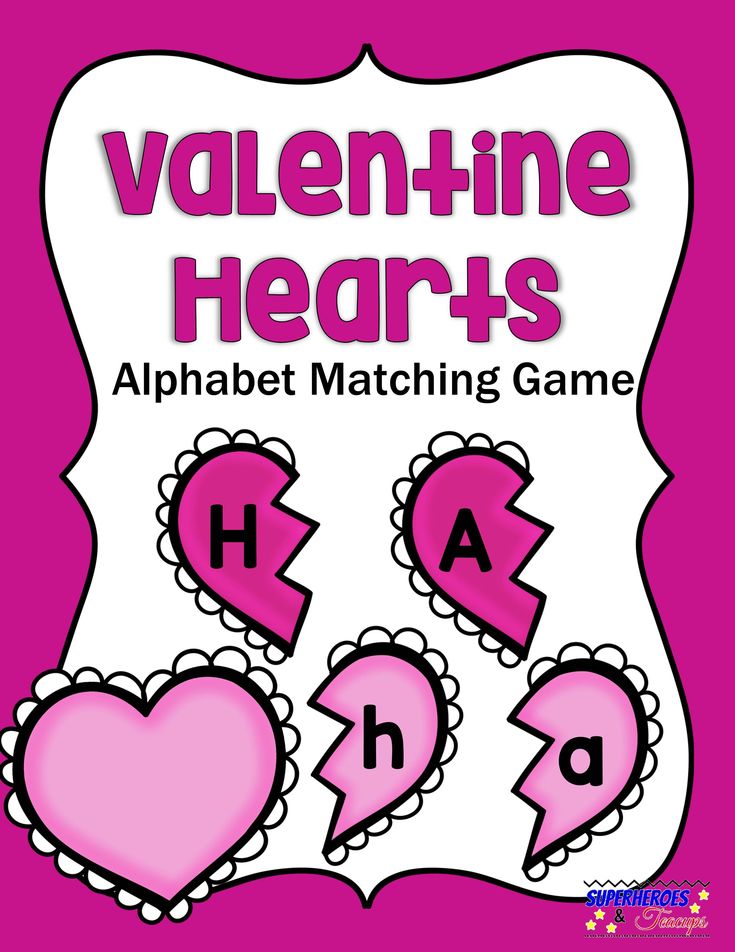 Most likely, it will quickly become clear that there is simply no person in the room who meets all the criteria; Accordingly, the question arises, according to what principle the players give answers. "Opening" this principle will help answer the main question - what is MPS. The Ministry of Railways is not the Ministry of Communications at all, but m th n equal s seated (that is, each player always describes the person sitting to his right). Another option is COP, to then about answered and last (that is, everyone talks about who answered the previous question).
Most likely, it will quickly become clear that there is simply no person in the room who meets all the criteria; Accordingly, the question arises, according to what principle the players give answers. "Opening" this principle will help answer the main question - what is MPS. The Ministry of Railways is not the Ministry of Communications at all, but m th n equal s seated (that is, each player always describes the person sitting to his right). Another option is COP, to then about answered and last (that is, everyone talks about who answered the previous question).
Contact
A simple game that can be played with a group of three or more people. One thinks of a word (noun, common noun, singular) and calls its first letter aloud, the task of the others is to guess the word, remembering other words with this letter, asking questions about them and checking if the presenter guessed.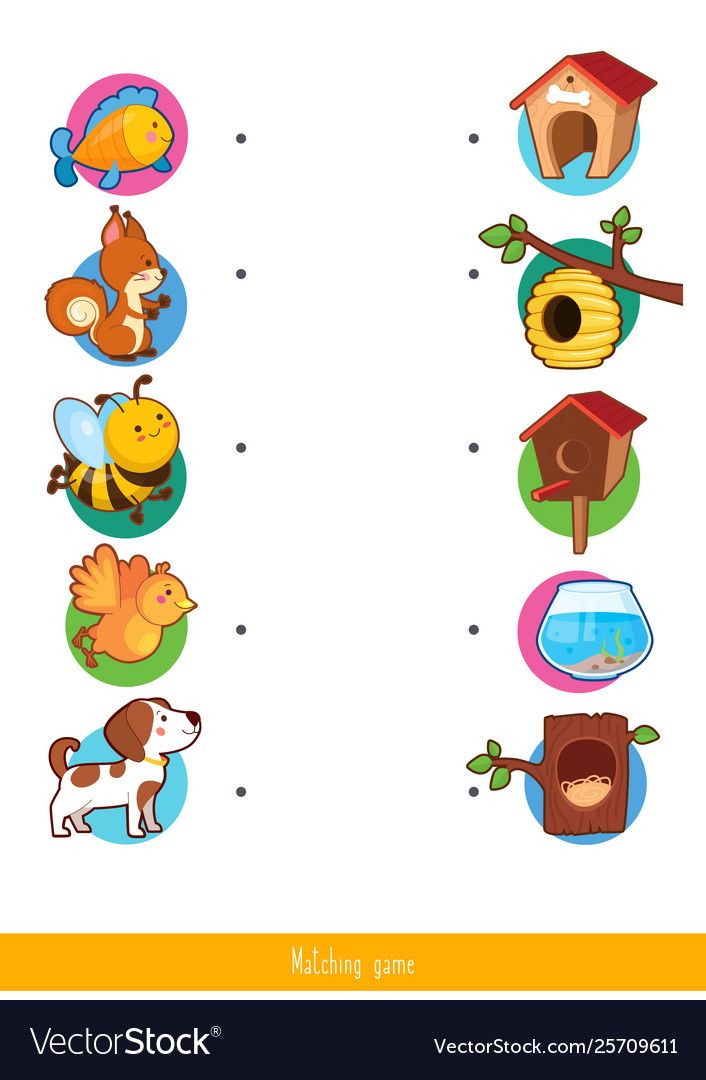 The facilitator's task is not to reveal the next letters in the word to the players for as long as possible. For example, a word with the letter "d" is guessed. One of the players asks the question: “Is this by chance not the place where we live?” This is where the fun begins: the host must figure out as quickly as possible what the player means and say “No, this is not“ house ”” (well, or, if it was a“ house ”, honestly admit it). But in parallel, other players also think the same thing, and if they understand what “house” means before the leader, then they say: “contact” or “there is contact”, and start counting up to ten in chorus (while the count is going on, the presenter still has a chance to escape and guess what it is about!), and then they call the word. If at least two matched, that is, at the expense of ten they said “house” in chorus, the presenter must reveal the next letter, and the new guesser version will already begin with the now known letters “d” + the next one. If it was not possible to beat the host on this question, then the guessers offer a new option.
The facilitator's task is not to reveal the next letters in the word to the players for as long as possible. For example, a word with the letter "d" is guessed. One of the players asks the question: “Is this by chance not the place where we live?” This is where the fun begins: the host must figure out as quickly as possible what the player means and say “No, this is not“ house ”” (well, or, if it was a“ house ”, honestly admit it). But in parallel, other players also think the same thing, and if they understand what “house” means before the leader, then they say: “contact” or “there is contact”, and start counting up to ten in chorus (while the count is going on, the presenter still has a chance to escape and guess what it is about!), and then they call the word. If at least two matched, that is, at the expense of ten they said “house” in chorus, the presenter must reveal the next letter, and the new guesser version will already begin with the now known letters “d” + the next one. If it was not possible to beat the host on this question, then the guessers offer a new option.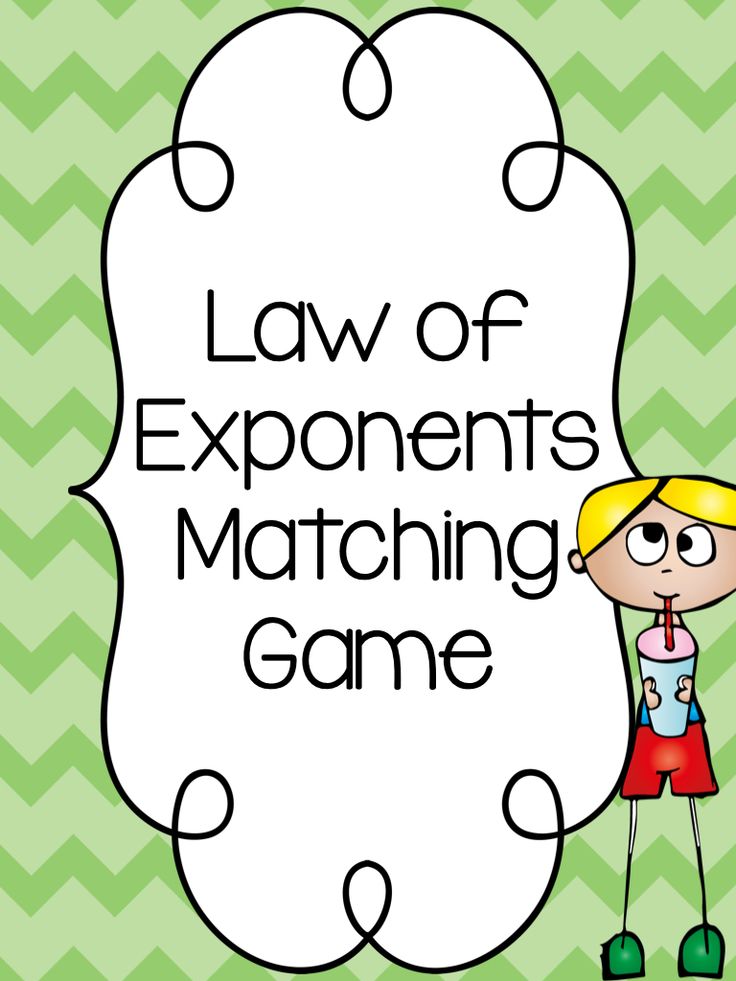 Of course, it makes sense to complicate the definitions, and not ask everything directly - so the question about "home" would sound better like "Is this not where the sun rises?" (with a reference to the famous song "House of the Rising Sun" by The Animals). Usually, the one who eventually gets to the searched word (names it or asks a question leading to victory) becomes the next leader.
Of course, it makes sense to complicate the definitions, and not ask everything directly - so the question about "home" would sound better like "Is this not where the sun rises?" (with a reference to the famous song "House of the Rising Sun" by The Animals). Usually, the one who eventually gets to the searched word (names it or asks a question leading to victory) becomes the next leader.
Writing games
Encyclopedia
Not the fastest, but extremely exciting game for a company of four people - you will need pens, paper and some kind of encyclopedic dictionary (preferably not limited thematically - that is, TSB is better than a conditional "biological encyclopedia"). The host finds a word in the encyclopedia that is unknown to anyone present (here it remains to rely on their honesty - but cheating in this game is uninteresting and unproductive).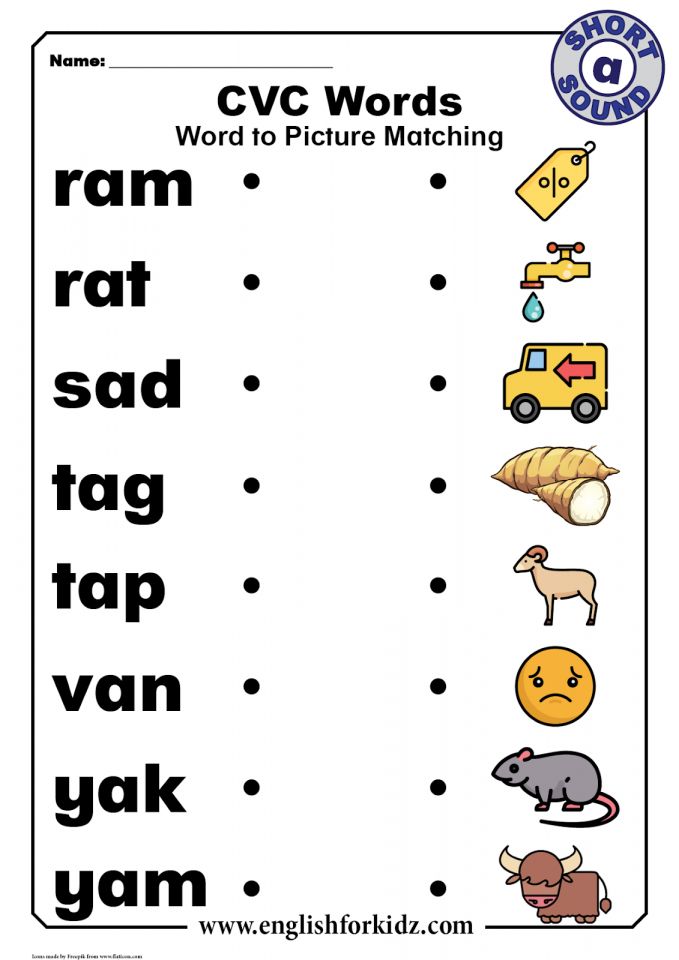 The task of each of the players is to write an encyclopedic definition of this word, inventing its meaning from the head and, if possible, disguising the text as a real small encyclopedic article. The presenter, meanwhile, carefully rewrites the real definition from the encyclopedia. After that, the “articles” are shuffled and read out by the presenter in random order, including the real one, and the players vote for which option seems most convincing to them. In the end, the votes are counted and points are distributed. Any player receives a point for correctly guessing the real definition and one more point for each vote given by other participants to his own version. After that, the sheets are distributed back and a new word is played out - there should be about 6-10 of them in total. You can also play this game in teams: come up with imaginary definitions collectively. The game "poems" is arranged in a similar way - but instead of a compound word, the host selects two lines from some little-known poem in advance and invites the participants to add quatrains.
The task of each of the players is to write an encyclopedic definition of this word, inventing its meaning from the head and, if possible, disguising the text as a real small encyclopedic article. The presenter, meanwhile, carefully rewrites the real definition from the encyclopedia. After that, the “articles” are shuffled and read out by the presenter in random order, including the real one, and the players vote for which option seems most convincing to them. In the end, the votes are counted and points are distributed. Any player receives a point for correctly guessing the real definition and one more point for each vote given by other participants to his own version. After that, the sheets are distributed back and a new word is played out - there should be about 6-10 of them in total. You can also play this game in teams: come up with imaginary definitions collectively. The game "poems" is arranged in a similar way - but instead of a compound word, the host selects two lines from some little-known poem in advance and invites the participants to add quatrains.
Game from Inglourious Basterds
A game for a company of any size that many knew before the Quentin Tarantino film, but it does not have a single name. Each player invents a role for his neighbor (usually it is some famous person), writes it on a piece of paper and sticks the piece of paper on his neighbor's forehead: accordingly, everyone sees what role someone has, but does not know who they are. The task of the participants is, with the help of leading questions, the answers to which are formulated as “yes” or “no” (“Am I a historical figure?”, “Am I a cultural figure?”, “Am I a famous athlete?”), to find out who exactly they are. In this form, however, the game exhausts itself rather quickly, so you can come up with completely different themes and instead of famous people play, for example, in professions (including exotic ones - "carousel", "taxidermist"), in film and literary heroes (you can mix them with real celebrities, but it’s better to agree on this in advance), food (one player will be risotto, and the other, say, green cabbage soup) and even just items.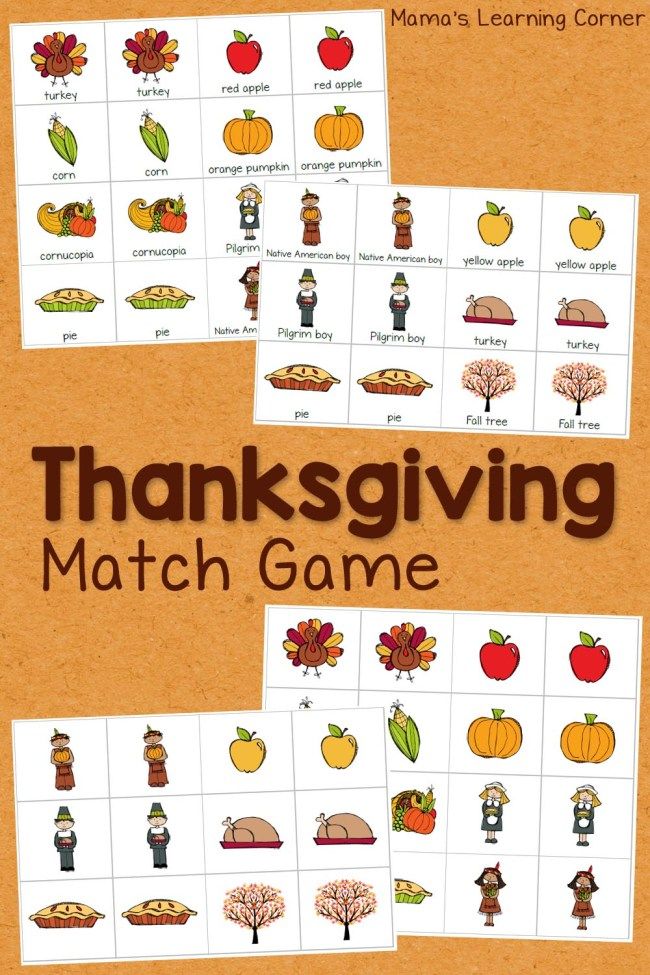
Bulls and cows
A game for two: one participant thinks of a word, and it is agreed in advance how many letters should be in it (usually 4-5). The task of the second is to guess this word by naming other four- or five-letter words; if some letters of the named word are in the hidden one, they are called cows, and if they have the same place inside the word, then these are bulls. Let's imagine that the word "eccentric" is conceived. If the guesser says “dot”, then he receives an answer from the second player: “three cows” (that is, the letters “h”, “k” and “a”, which are in both “eccentric” and “dot”, but in different places). If he then says "head of head", he will no longer get three cows, but two cows and one bull - since the letter "a" in both "eccentric" and "head" is in the fourth position. As a result, sooner or later, it is possible to guess the word, and the players can change places: now the first one will guess the word and count the bulls and cows, and the second one will name his options and track the extent to which they coincide with the one guessed.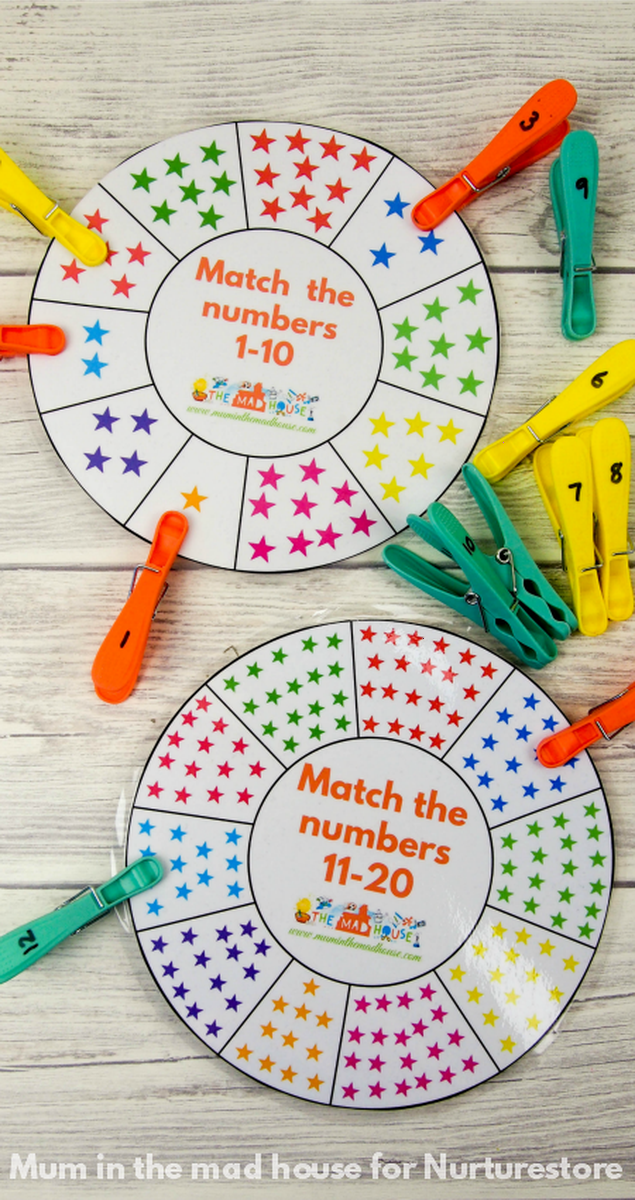 You can also complicate the process by simultaneously guessing your own word and guessing the opponent's word.
You can also complicate the process by simultaneously guessing your own word and guessing the opponent's word.
Intellect
Writing game for the company (but you can also play together), consisting of three rounds, each for five minutes. In the first, players randomly type thirteen letters (for example, blindly poking a book page with their finger) and then form words from them, and only long ones - from five letters. In the second round, you need to choose a syllable and remember as many words as possible that begin with it, you can use single-root ones (for example, if the syllable "house" is selected, then the words "house", "domra", "domain", "domain", "brownie", "housewife", etc.). Finally, in the third round, the syllable is taken again, but now you need to remember not ordinary words, but the names of famous people of the past and present in which it appears, and not necessarily at the beginning - that is, both Karamzin and McCartney will fit the syllable "kar" , and, for example, Hamilcar.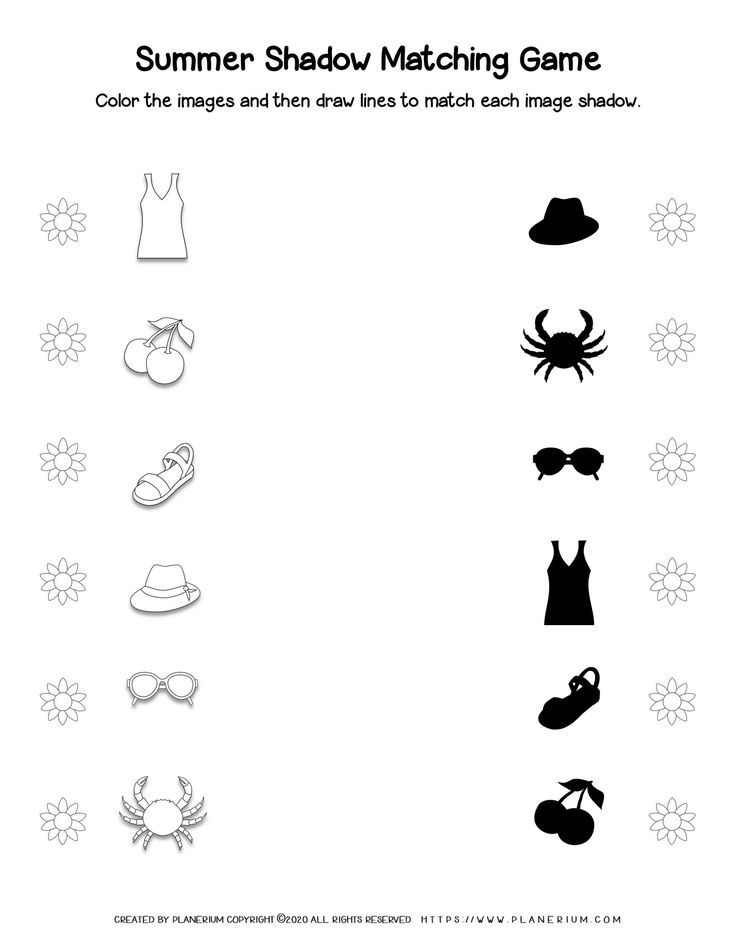 An important detail: since this round provokes the most disputes and scams, game participants can ask each other to prove that this person is really a celebrity, and here you need to remember at least the profession and country. Typical dialogue: "What, you don't know Hamilcar? But this is a Carthaginian commander!” After each round, points are counted: if a particular word is the same for all players, it is simply crossed out, in other cases, players are awarded as many points for it as the opponents could not remember it. In the first round, you can still add points for especially long words. Based on the results of the rounds, it is necessary to determine who took the first, second, third and other places, and add up these places at the end of the game. The goal is to get the smallest number at the output (for example, if you were the winners of all three rounds, then you will get the number 3 - 1 + 1 + 1, and you are the champion; less cannot be purely mathematical).
An important detail: since this round provokes the most disputes and scams, game participants can ask each other to prove that this person is really a celebrity, and here you need to remember at least the profession and country. Typical dialogue: "What, you don't know Hamilcar? But this is a Carthaginian commander!” After each round, points are counted: if a particular word is the same for all players, it is simply crossed out, in other cases, players are awarded as many points for it as the opponents could not remember it. In the first round, you can still add points for especially long words. Based on the results of the rounds, it is necessary to determine who took the first, second, third and other places, and add up these places at the end of the game. The goal is to get the smallest number at the output (for example, if you were the winners of all three rounds, then you will get the number 3 - 1 + 1 + 1, and you are the champion; less cannot be purely mathematical).
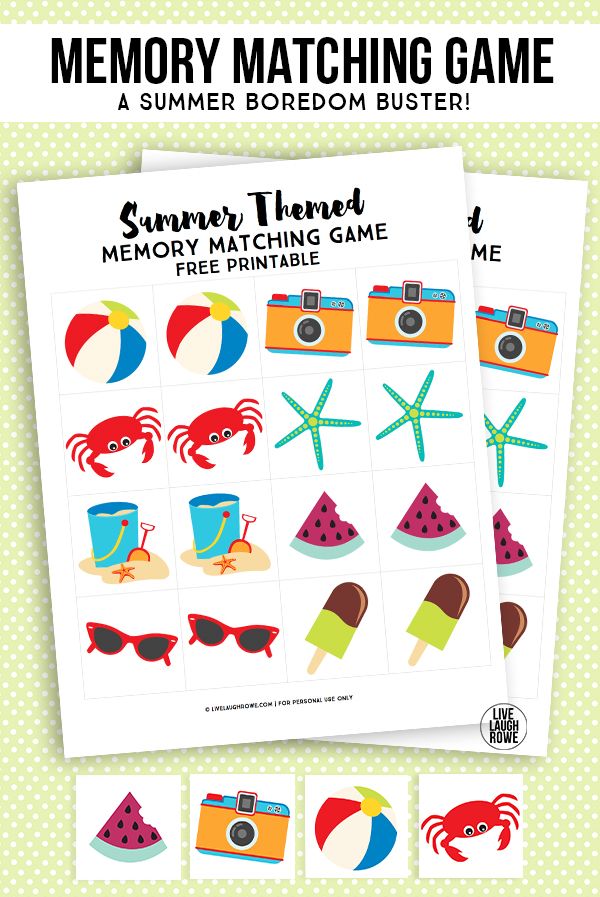 B. C. Trim, alphabet enchanté. Illustrations by Bertal. France, 1861 Wikimedia Commons
B. C. Trim, alphabet enchanté. Illustrations by Bertal. France, 1861 Wikimedia Commons Frame
A game for any number of people, which was invented by one of the creators of the Kaissa chess program and the author of the anagram search program Alexander Bitman. First, the players choose several consonants - this will be the frame, the skeleton of the word. Then the time is recorded (two or three minutes), and the players begin to “stretch” vowels (as well as “й”, “ь”, “ъ”) onto the frame to make existing words. Consonants can be used in any order, but only once, and vowels can be added in any number. For example, players choose the letters "t", "m", "n" - then the words "fog", "cloak", "mantle", "coin", "darkness", "ataman", "dumbness" and other. The winner is the one who can come up with more words (as usual, these should be common nouns in the singular). The game can be played even with one letter, for example, "l". The words “silt”, “lay”, “yula”, “aloe”, “spruce” are formed around it, and if we agree that the letter can be doubled, “alley” and “lily”.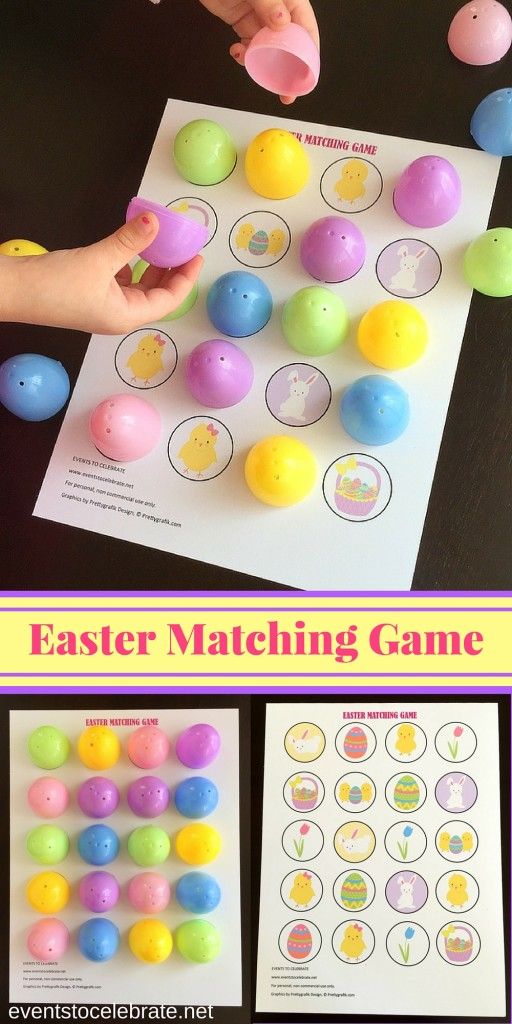 If the standard "framework" is mastered, then the task may be to compose a whole phrase with one consonant: a textbook example from the book by Evgeny Gik - "Bobby, kill the boy and beat the woman at the baobab."
If the standard "framework" is mastered, then the task may be to compose a whole phrase with one consonant: a textbook example from the book by Evgeny Gik - "Bobby, kill the boy and beat the woman at the baobab."
Chain of words
Game for any number of players. Many people know it under the name "How to make an elephant out of a fly", and it was invented by the writer and mathematician Lewis Carroll, the author of "Alice". The “chain” is based on metagram words, that is, words that differ by only one letter. The task of the players is to turn one word into another with the least number of intermediate links. For example, let's make a "goat" from a "fox": FOX - LINDE - PAW - KAPA - KARA - KORA - GOAT. It is interesting to give tasks with a plot: so that the “day” turns into “night”, the “river” becomes the “sea”. The well-known chain, where the "elephant" grows out of the "fly", is obtained in 16 moves: FLY - MURA - TURA - TARA - KARA - KARE - CAFE - KAFR - MURDER - KAYUK - HOOK - URIK - LESSON - TERM - DRAIN - STON - ELEPHANT (example of Evgeny Gik). For training, you can compete in the search for metagrams for any word. For example, the word "tone" gives "sleep", "background", "current", "tom", "tan" and so on - whoever scores more options wins.
For training, you can compete in the search for metagrams for any word. For example, the word "tone" gives "sleep", "background", "current", "tom", "tan" and so on - whoever scores more options wins.
Hat
A game for a company of four people, requiring simple equipment: pens, paper and a “hat” (an ordinary plastic bag will do). Sheets of paper need to be torn into small pieces and distributed to the players, the number of pieces depends on how many people are playing: the larger the company, the less for each. Players write words on pieces of paper (one for each piece of paper) and throw them into the "hat". There are also options here - you can play just with words (noun, common noun, singular), or you can play with famous people or literary characters. Then the participants are divided into teams - two or more people each; the task of each - in 20 seconds (or 30, or a minute - the timing can be set at your own choice) to explain to your teammates the largest number of words arbitrarily pulled out of the "hat", without using the same root.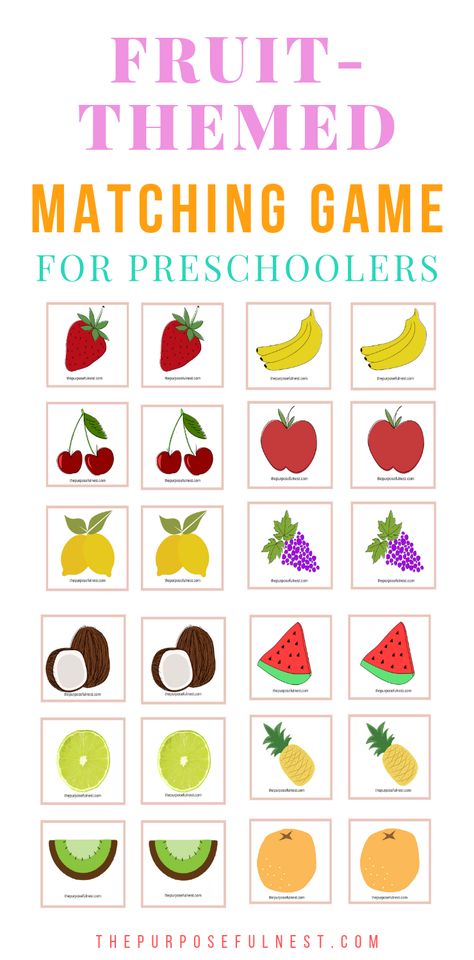 If the driver could not explain a word, it returns to the hat and will be played by the other team. At the end of the game, the words guessed by different representatives of the same team are summed up, their number is counted, and the team that has more pieces of paper is awarded the victory. A popular version of the game: everything is the same, but in the first round the players explain the words (or describe the characters) orally, in the second round they show in pantomime, in the third round they explain the same words in one word. And recently a board game has appeared, where you need not only to explain and show, but also to draw.
If the driver could not explain a word, it returns to the hat and will be played by the other team. At the end of the game, the words guessed by different representatives of the same team are summed up, their number is counted, and the team that has more pieces of paper is awarded the victory. A popular version of the game: everything is the same, but in the first round the players explain the words (or describe the characters) orally, in the second round they show in pantomime, in the third round they explain the same words in one word. And recently a board game has appeared, where you need not only to explain and show, but also to draw.
Telegrams
Game for any number of players. The players choose a word, for each letter of which they will need to come up with a part of the telegram - the first letter will be the beginning of the first word, the second - the second, and so on. For example, the word "fork" is selected. Then the following message can become a telegram: “The camel is healed.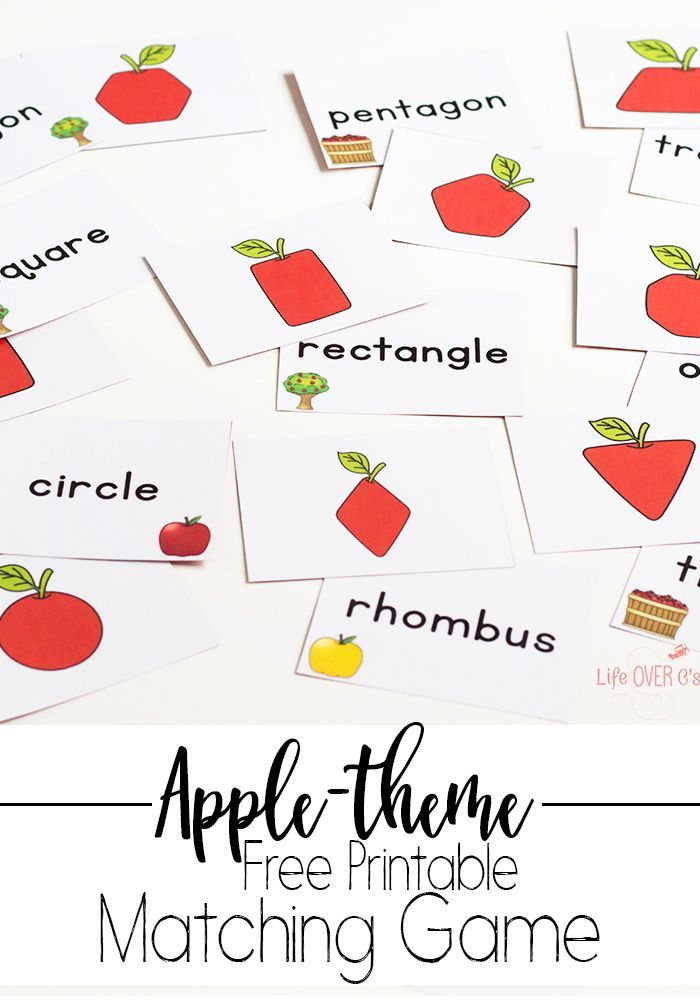 I'm flying a crocodile. Aibolit". Another round of the game is the addition of genres. Each player gets the task to write not one, but several telegrams from the same word - business, congratulatory, romantic (the types of messages are agreed in advance). Telegrams are read aloud, the next word is chosen.
I'm flying a crocodile. Aibolit". Another round of the game is the addition of genres. Each player gets the task to write not one, but several telegrams from the same word - business, congratulatory, romantic (the types of messages are agreed in advance). Telegrams are read aloud, the next word is chosen.
even more different games for one or a company
Home games
Shadow theater, crafts and paper dolls from children's books and magazines of the XIX-XX centuries Ring and other games
Games from classic books
What do the heroes of the works of Nabokov, Lindgren and Milne play
A children's course on where games, jokes, horror stories and memes come from and why we need them
Children's room
Special project
Children's room Arzamas
Sources
- Balandin B.
